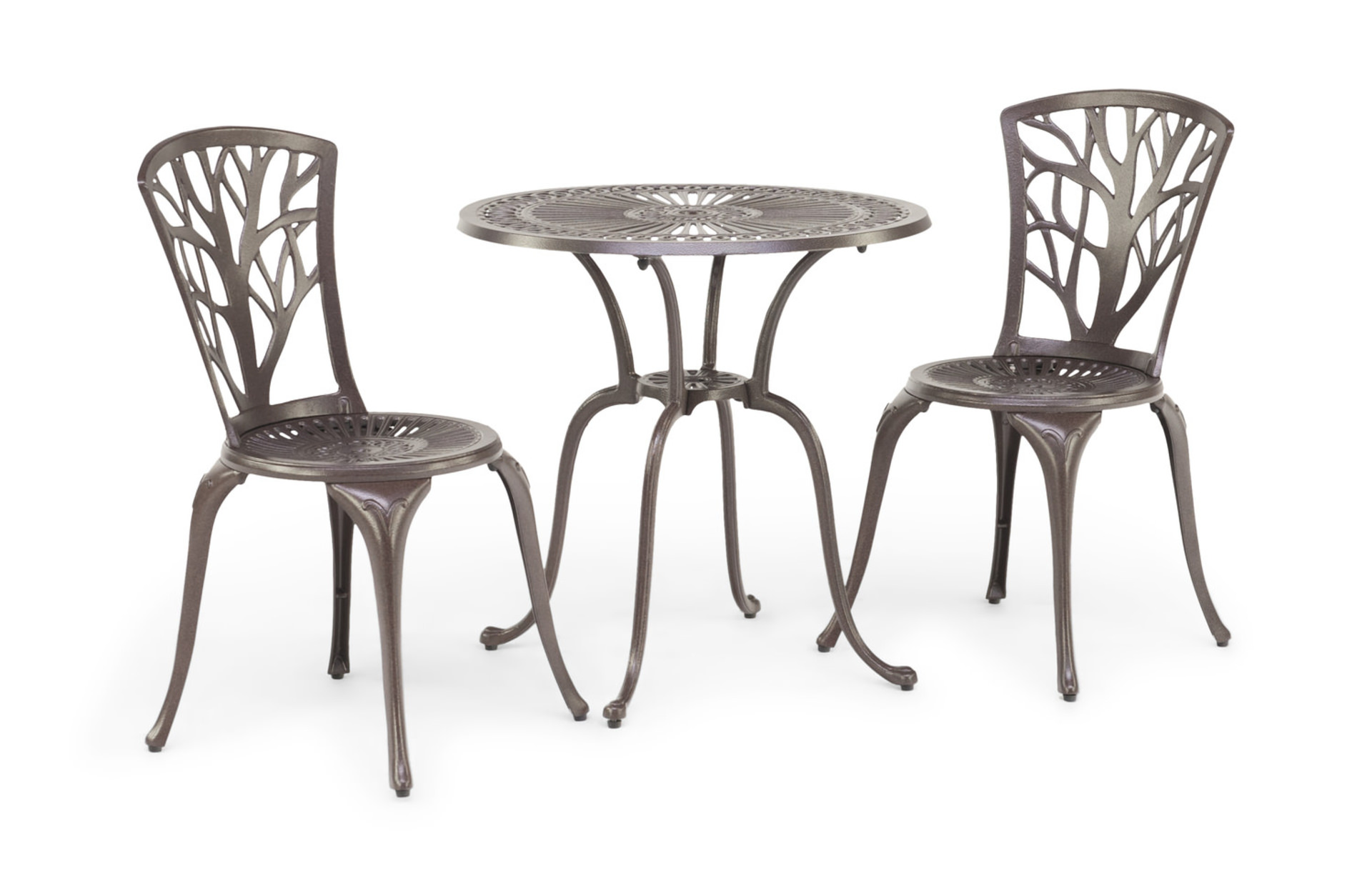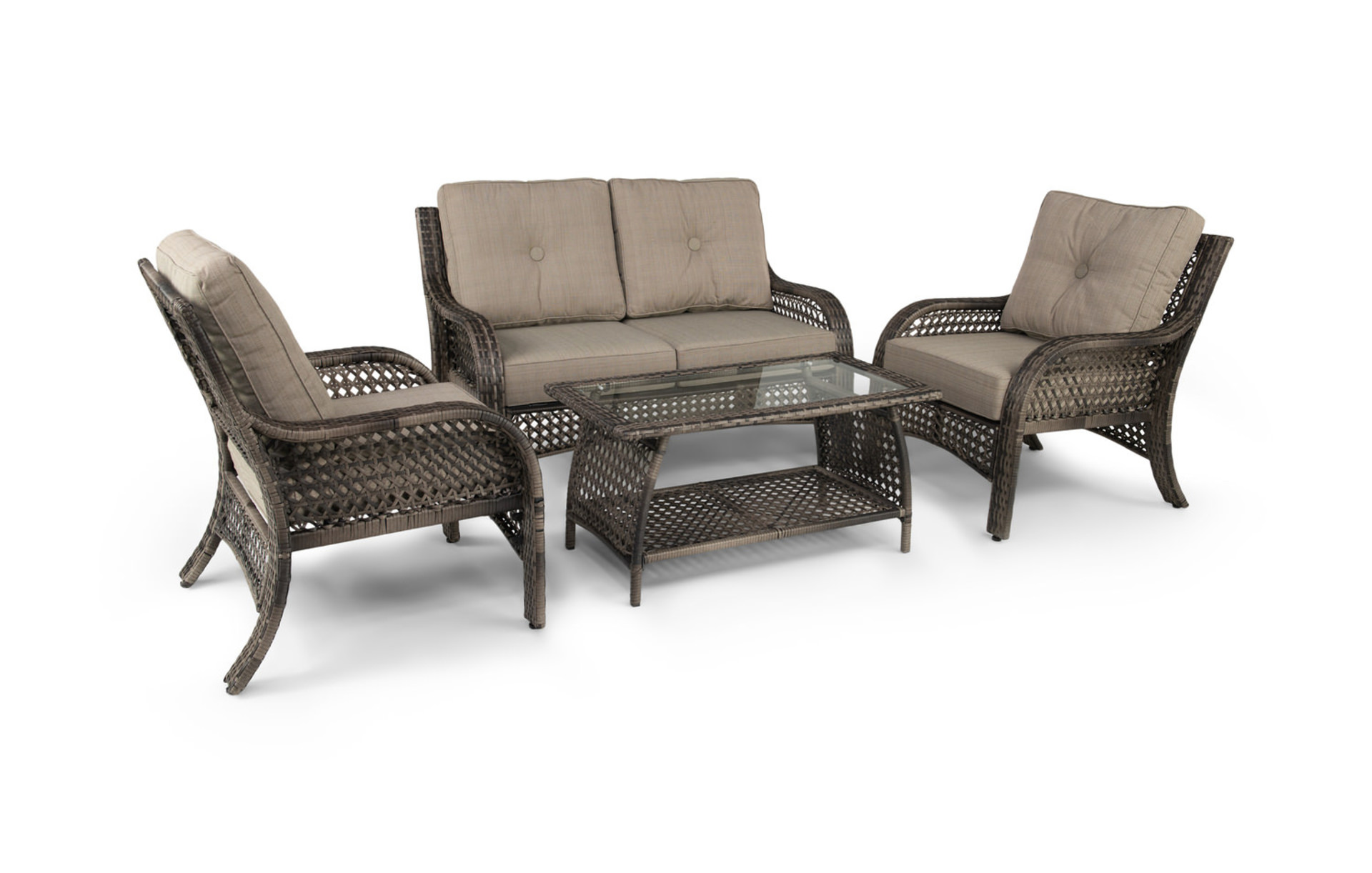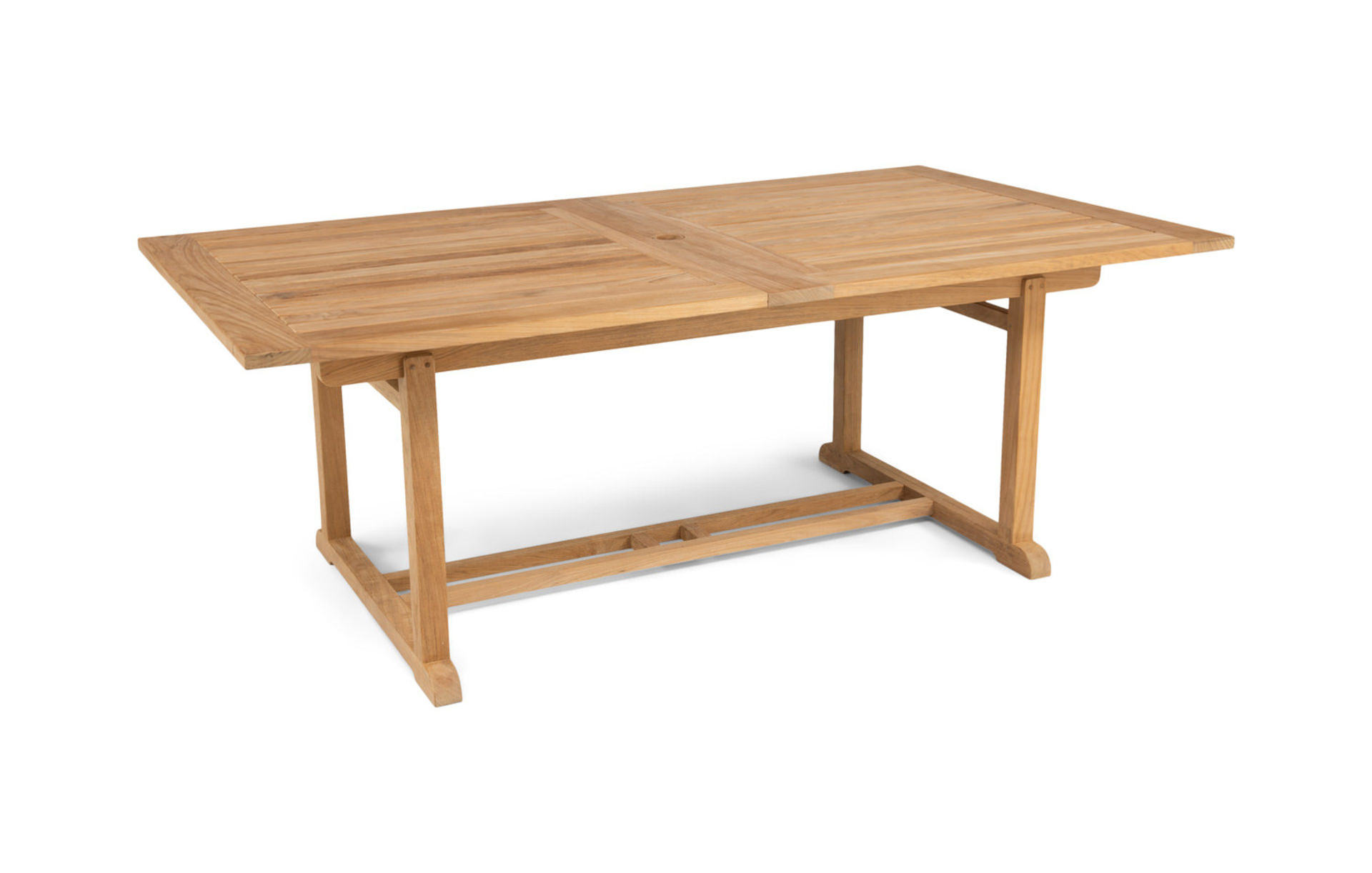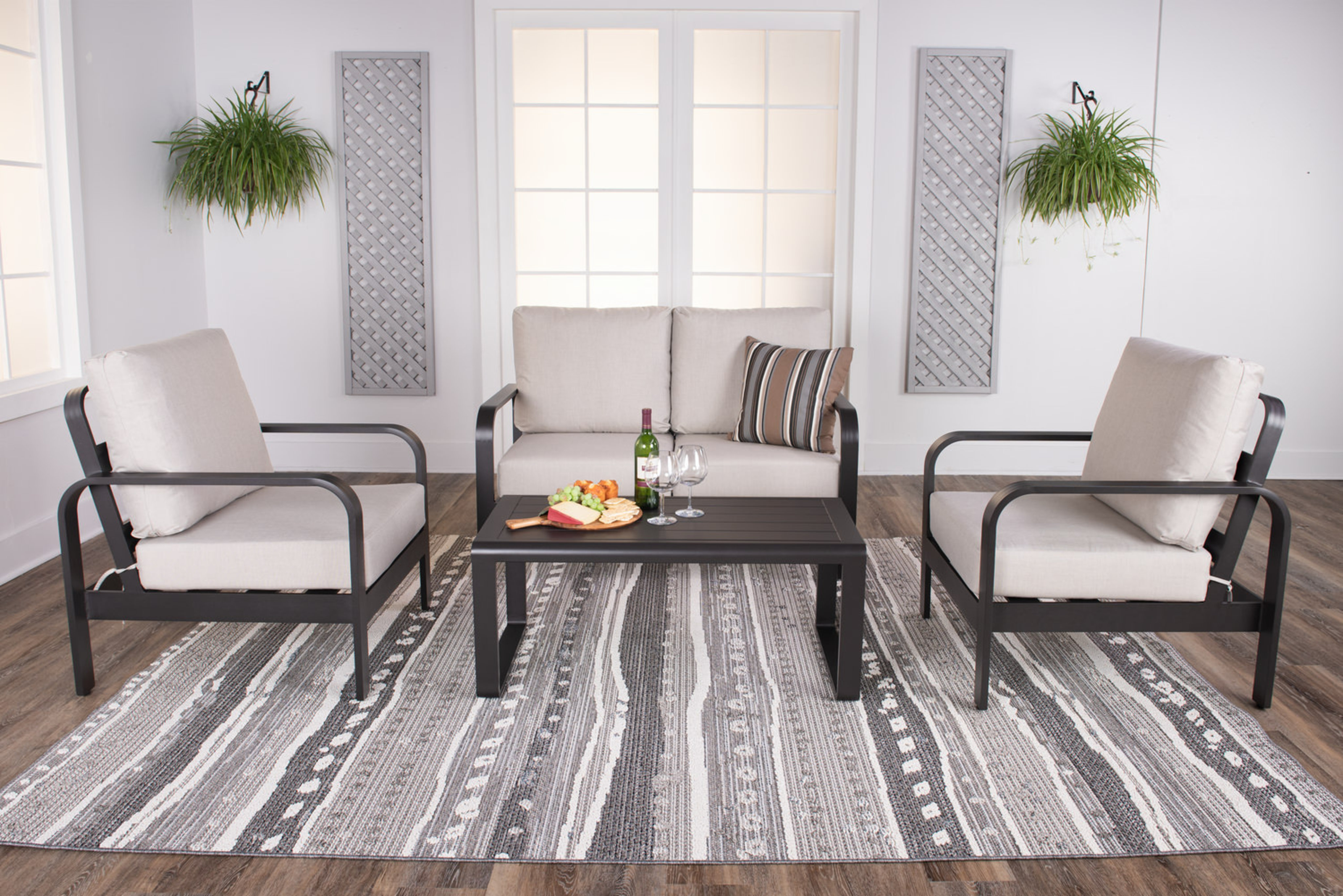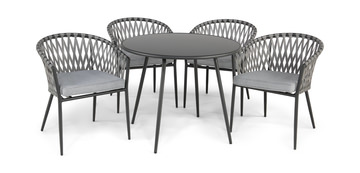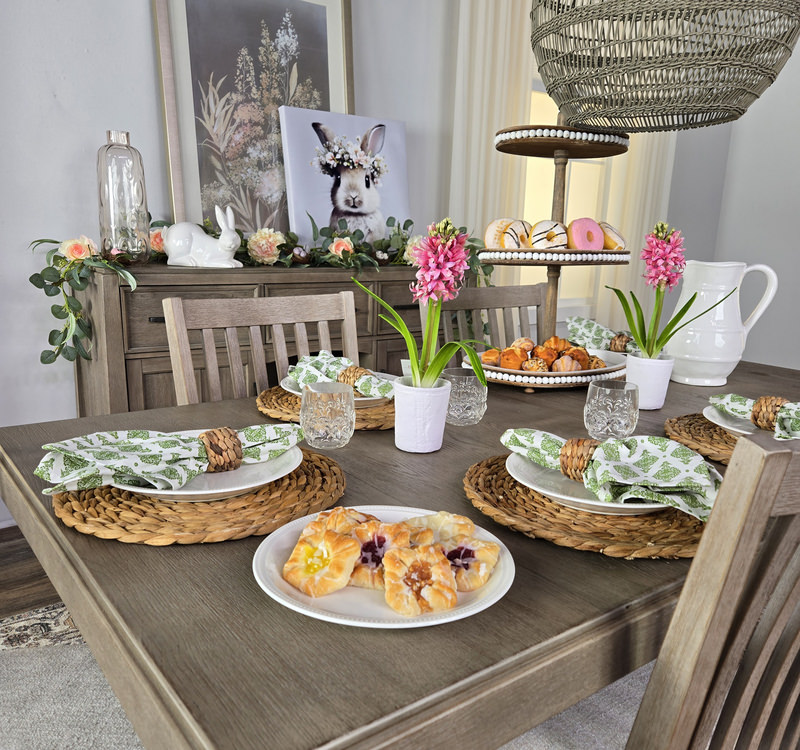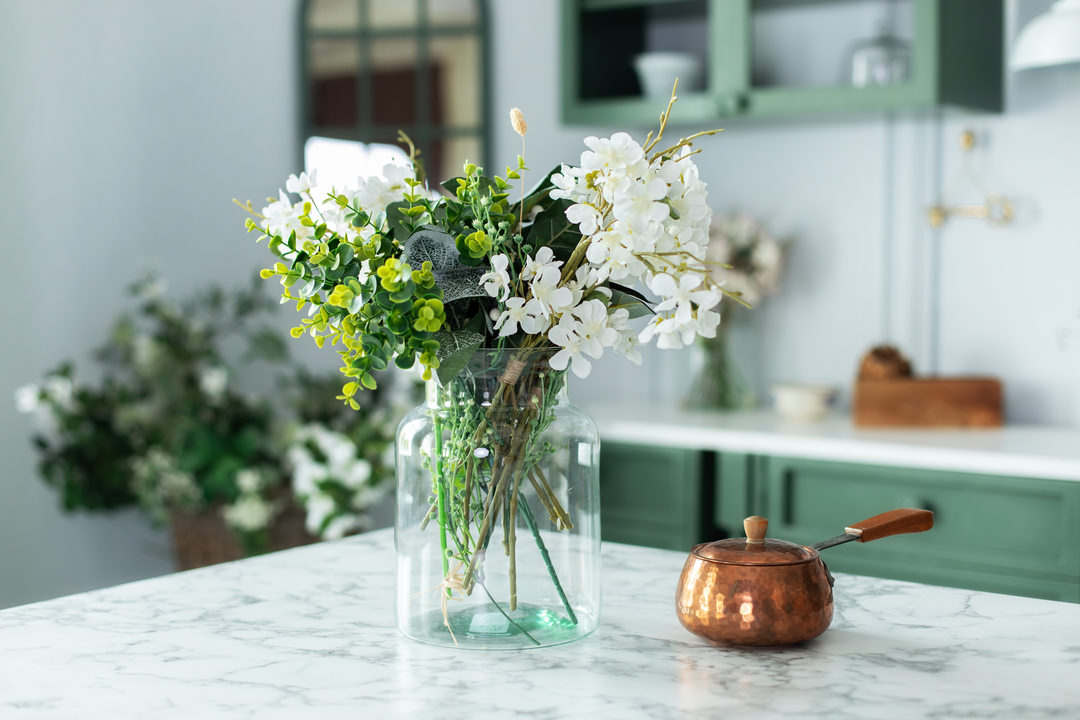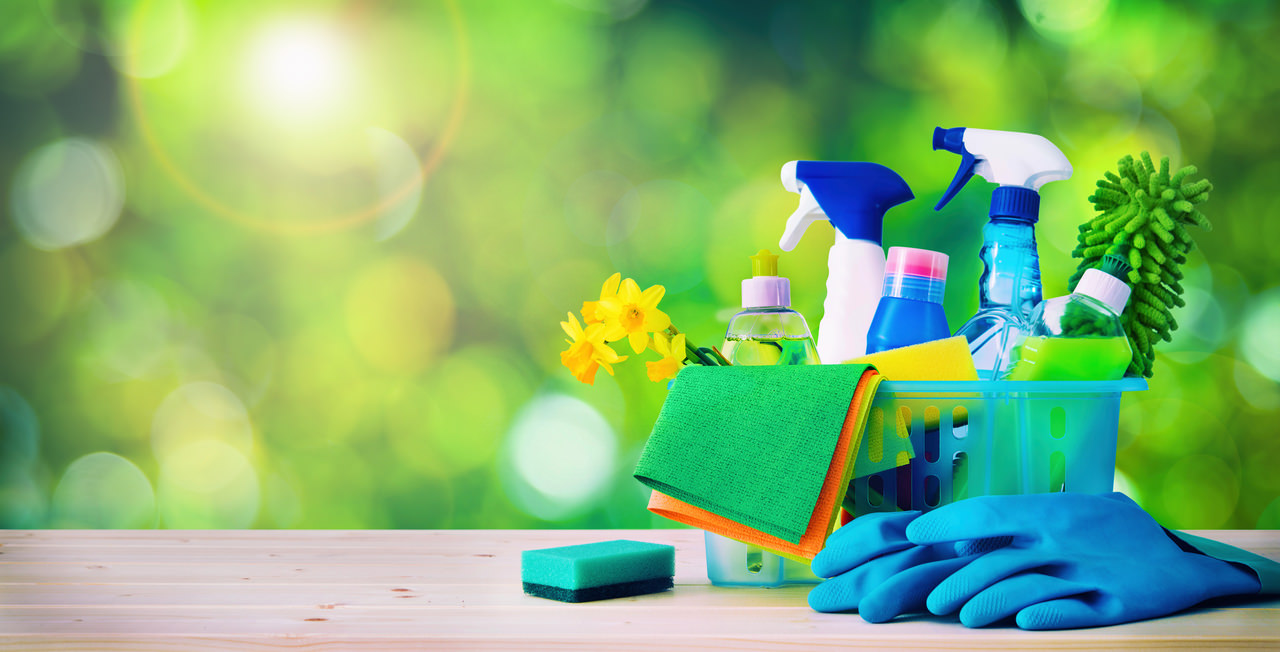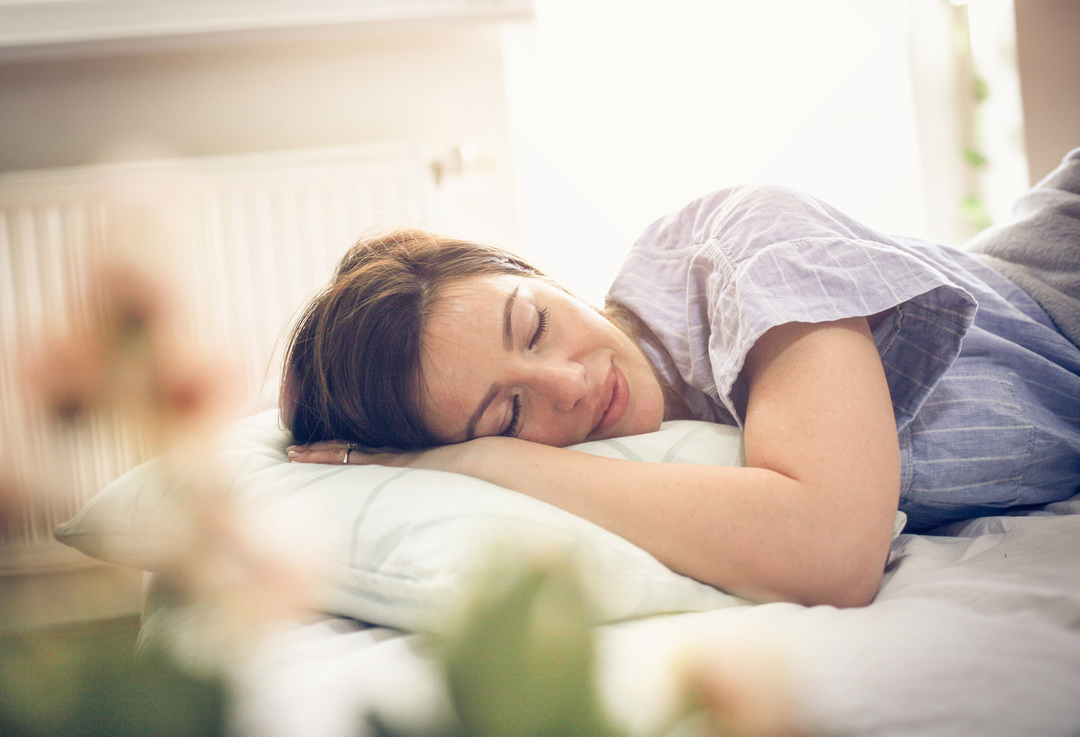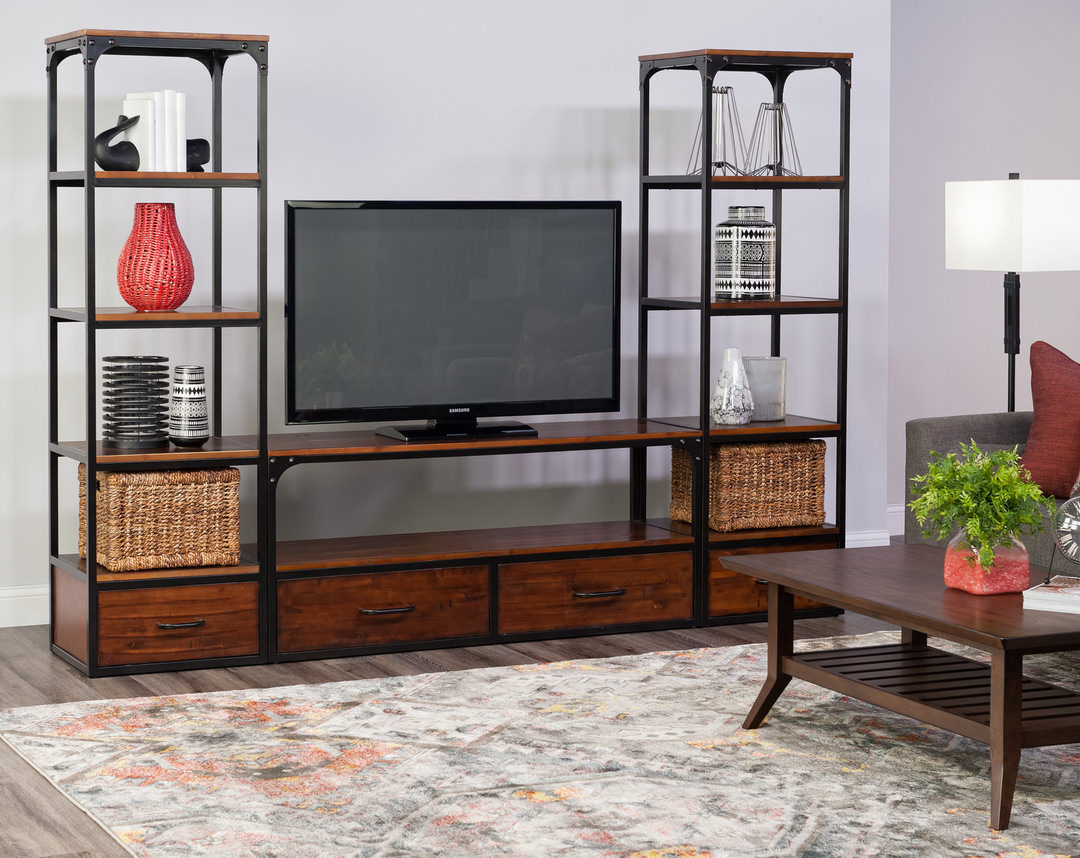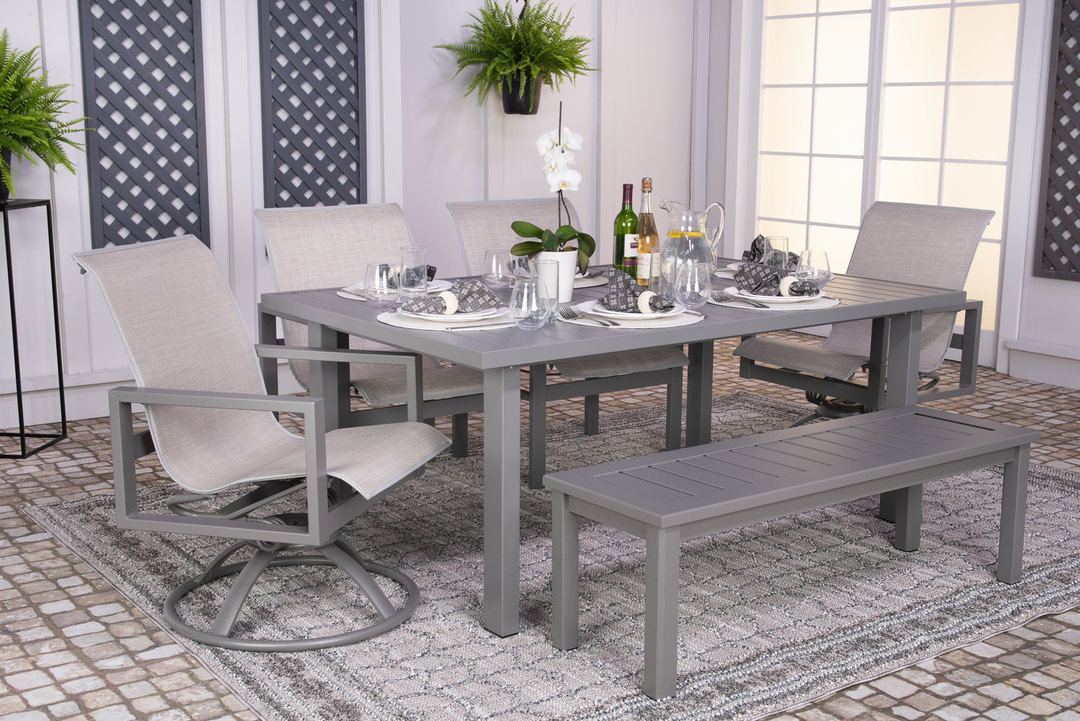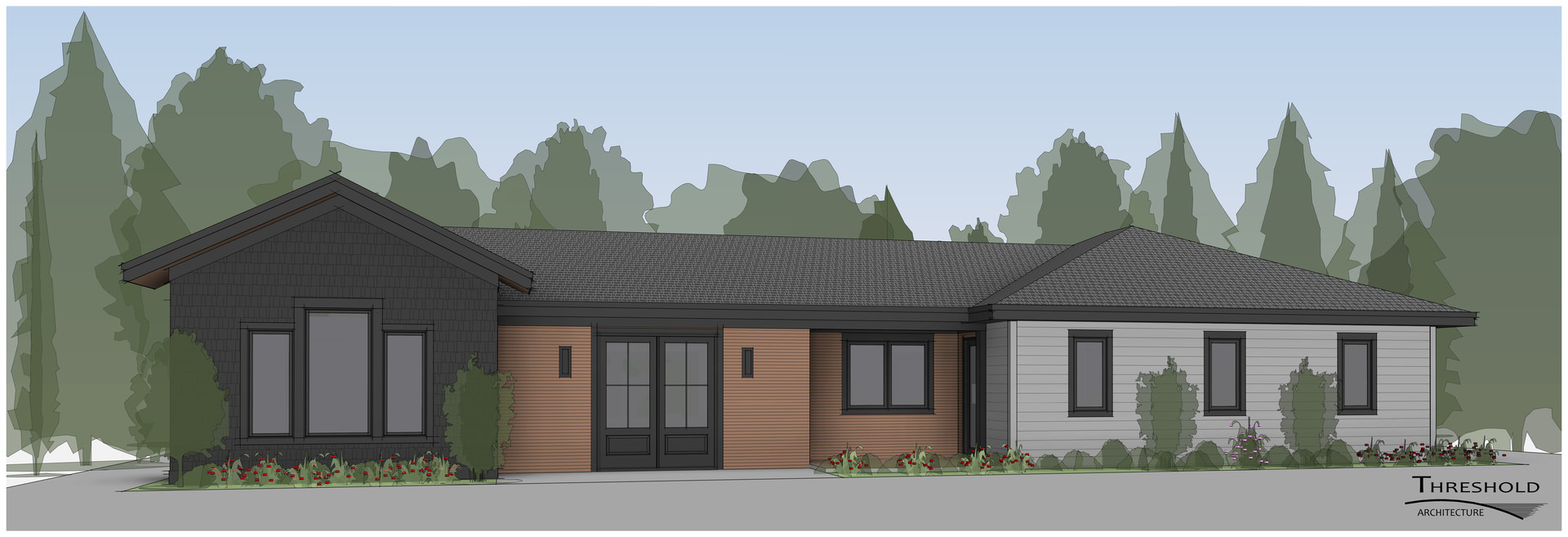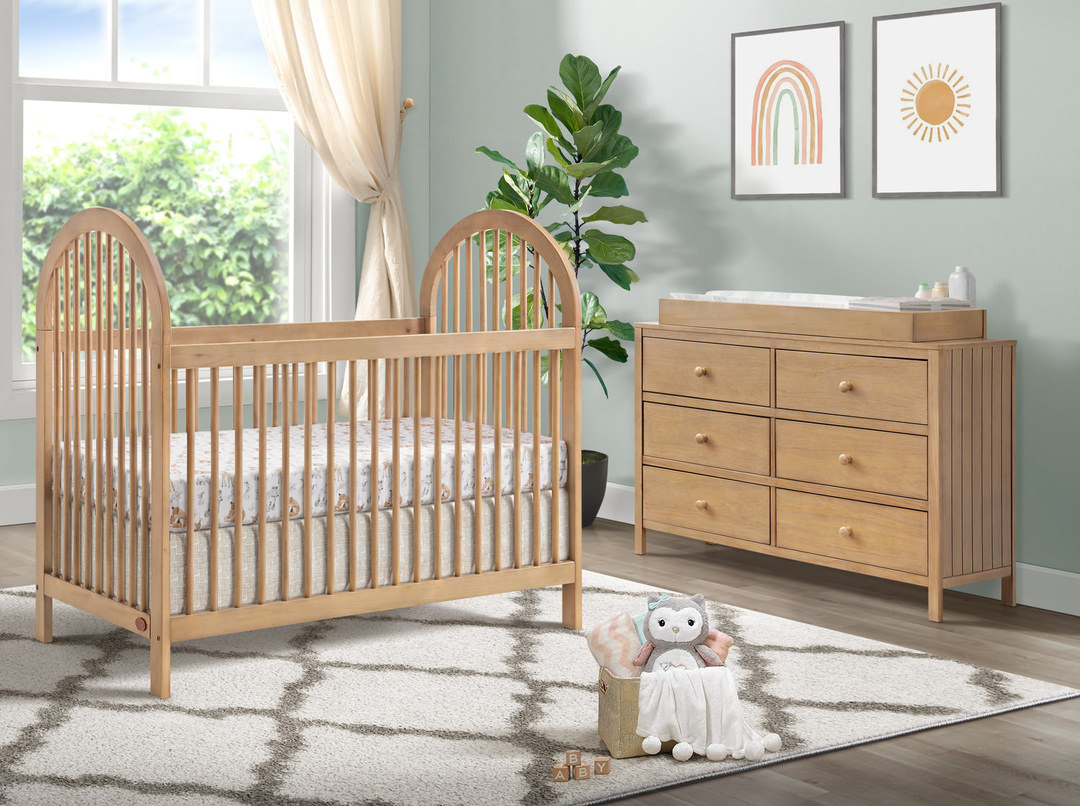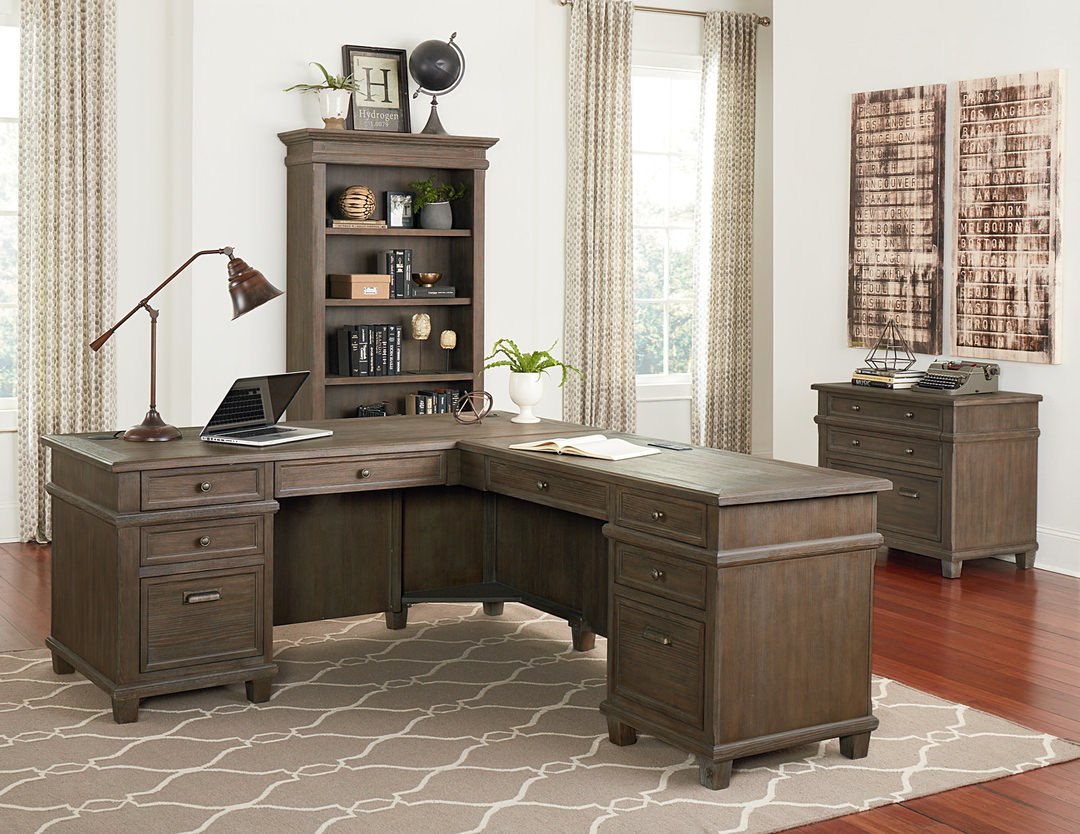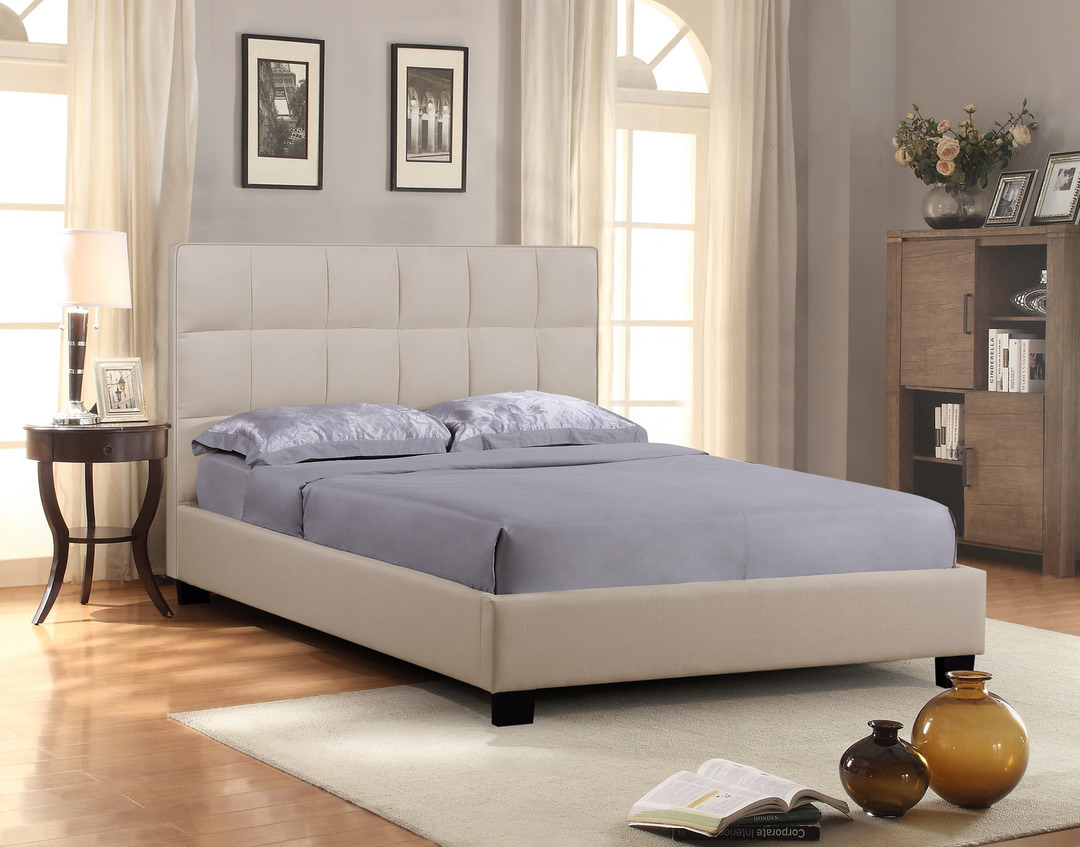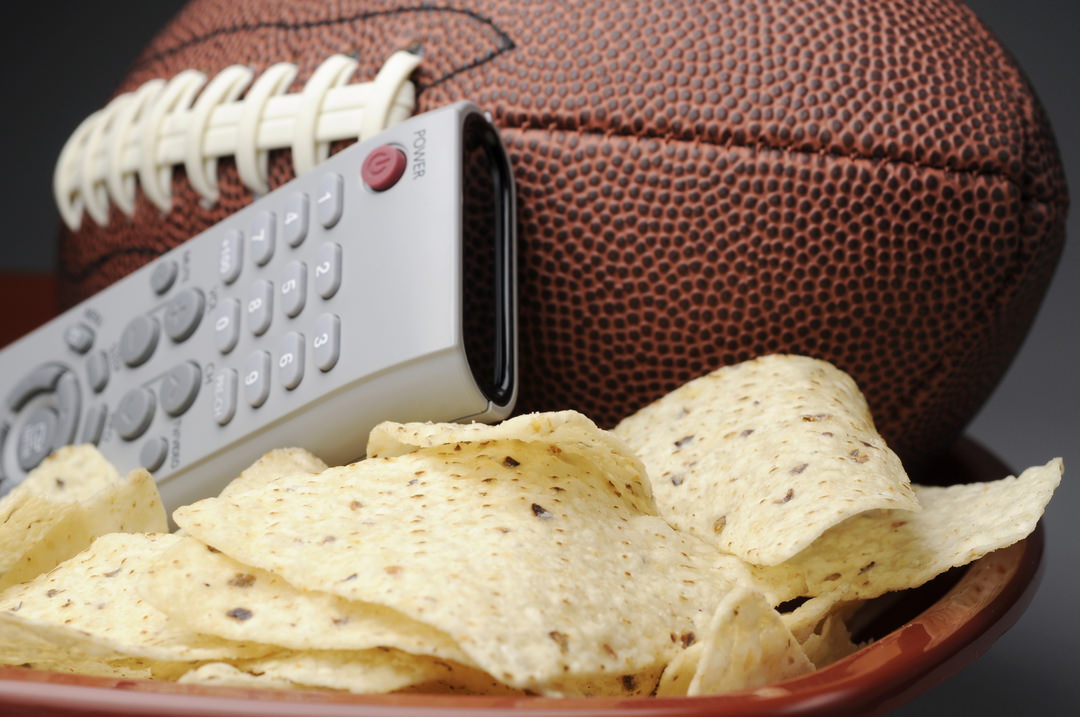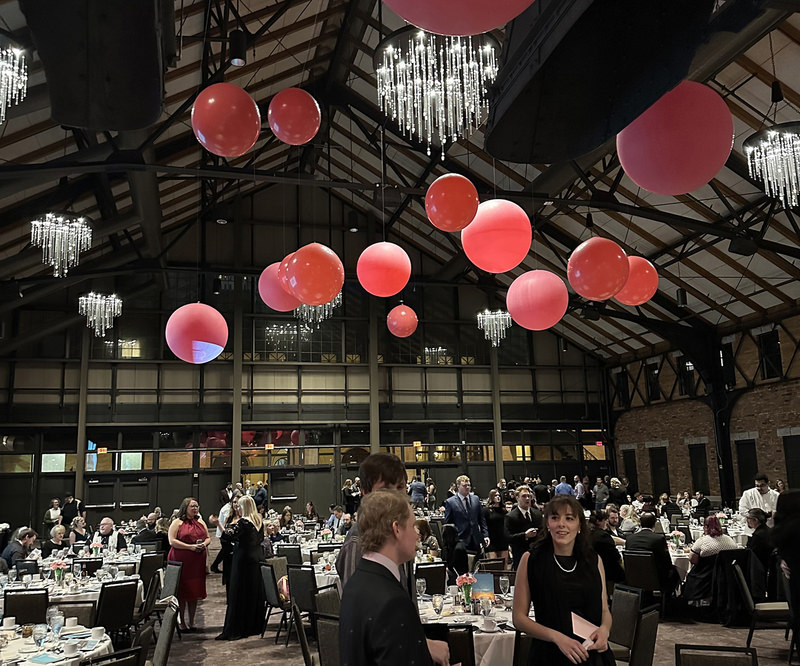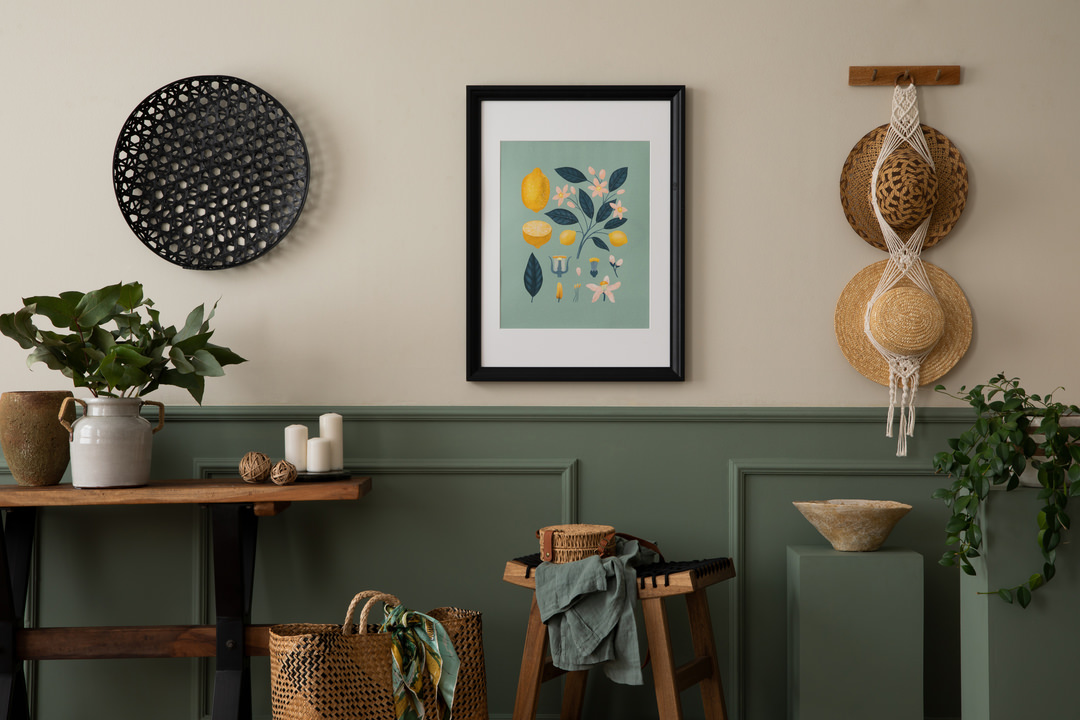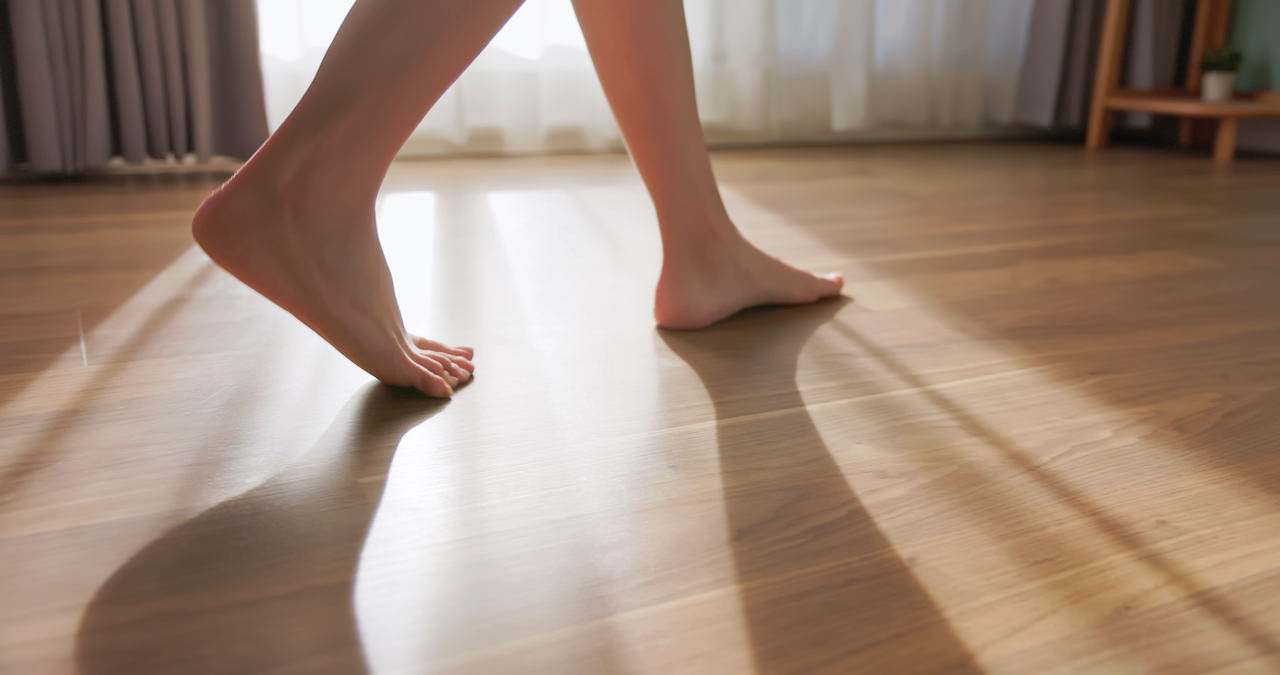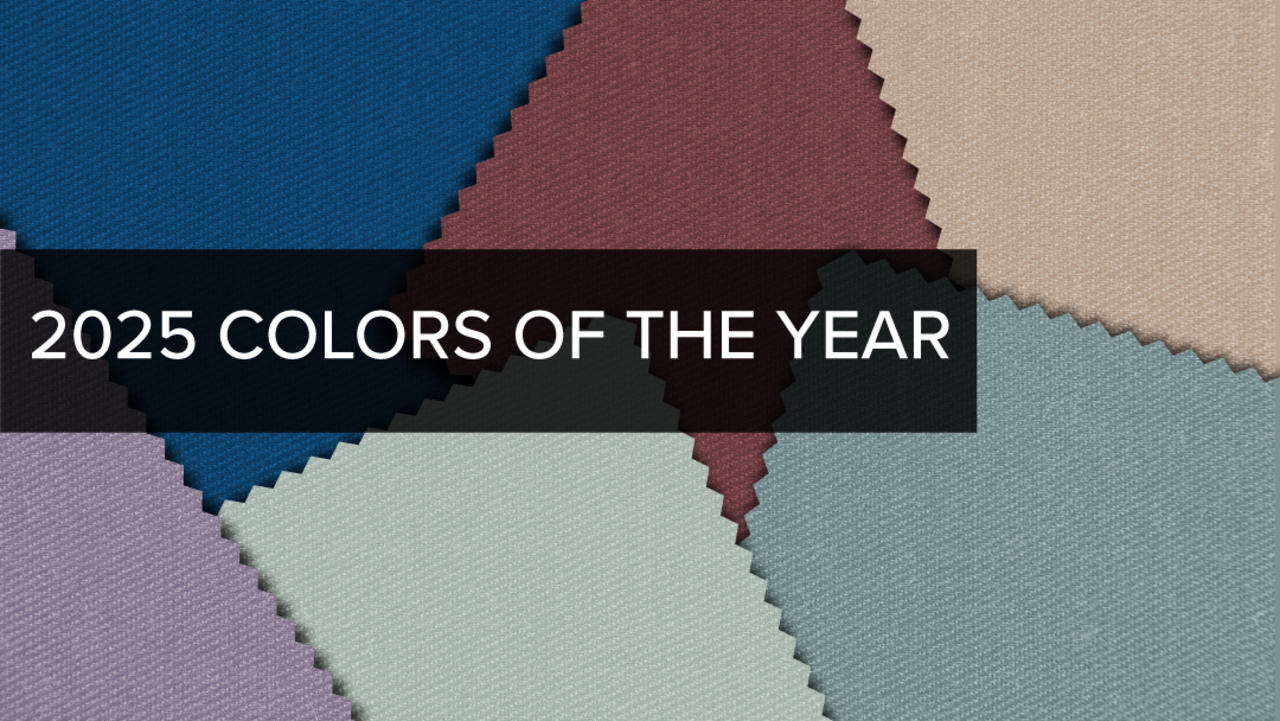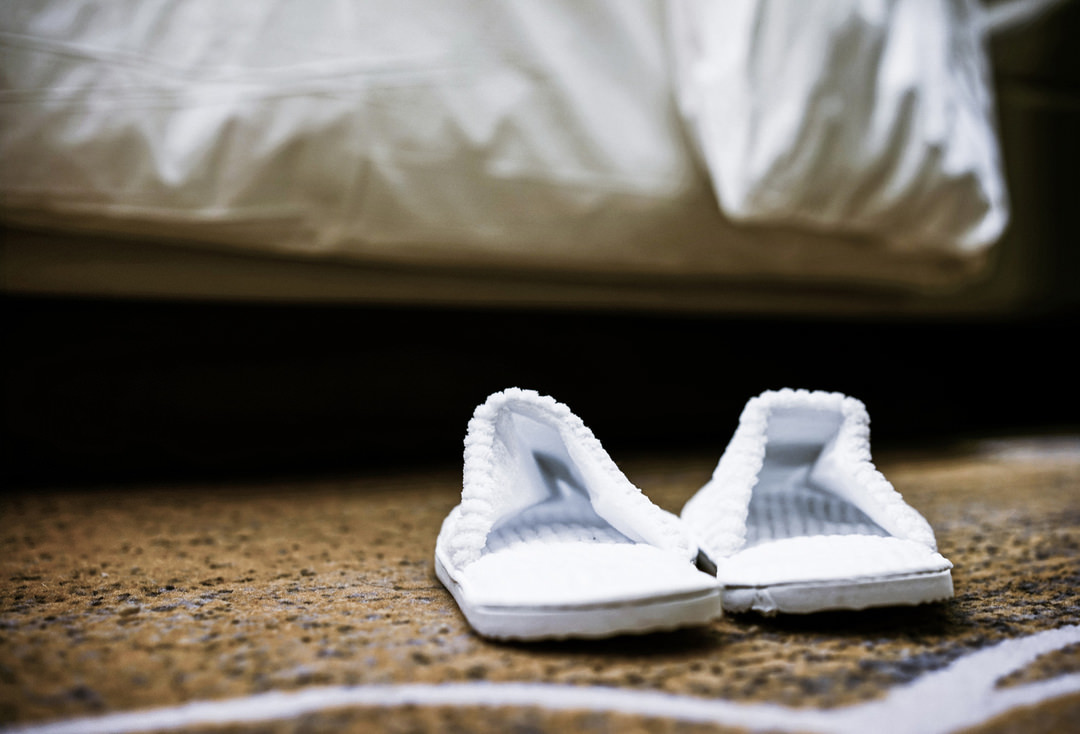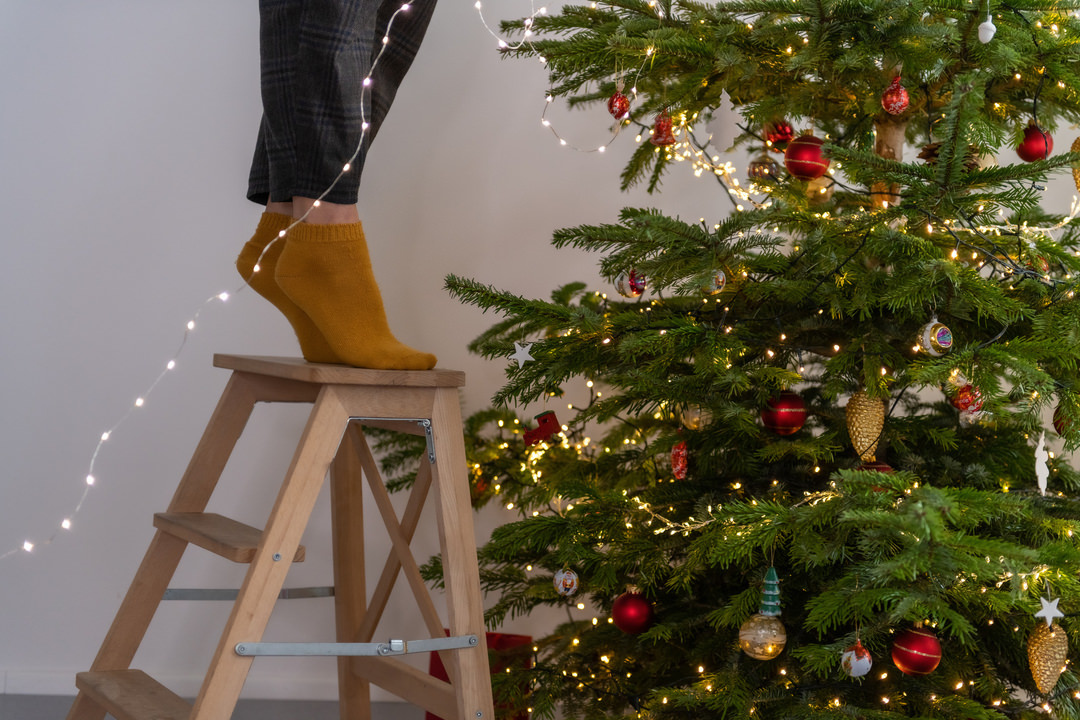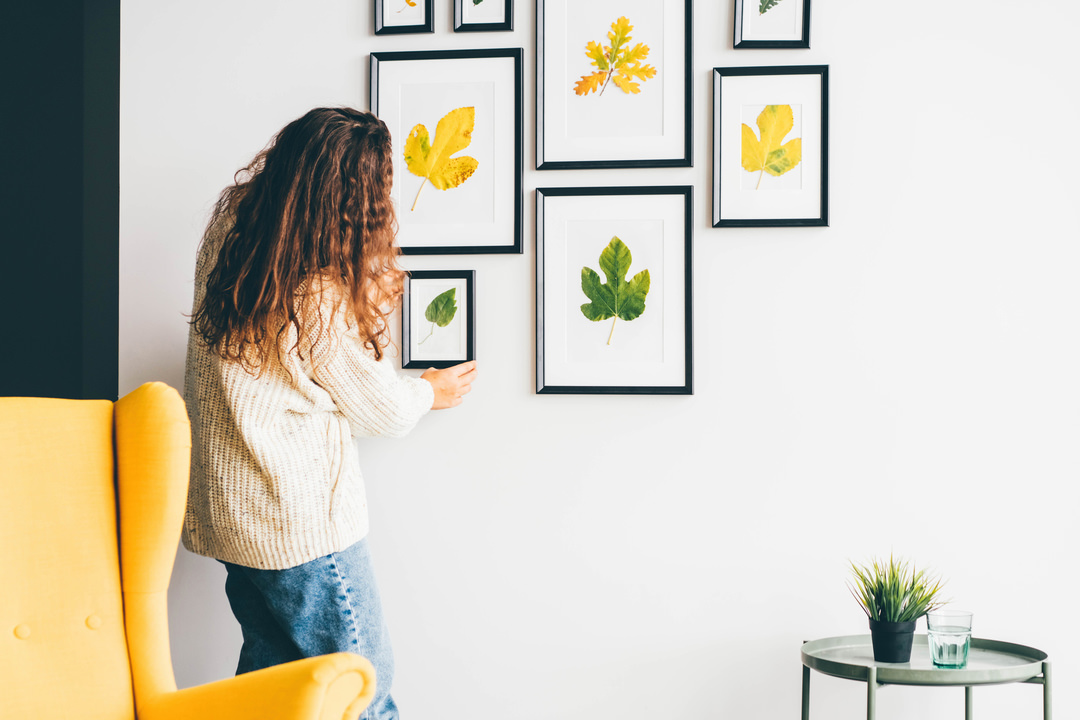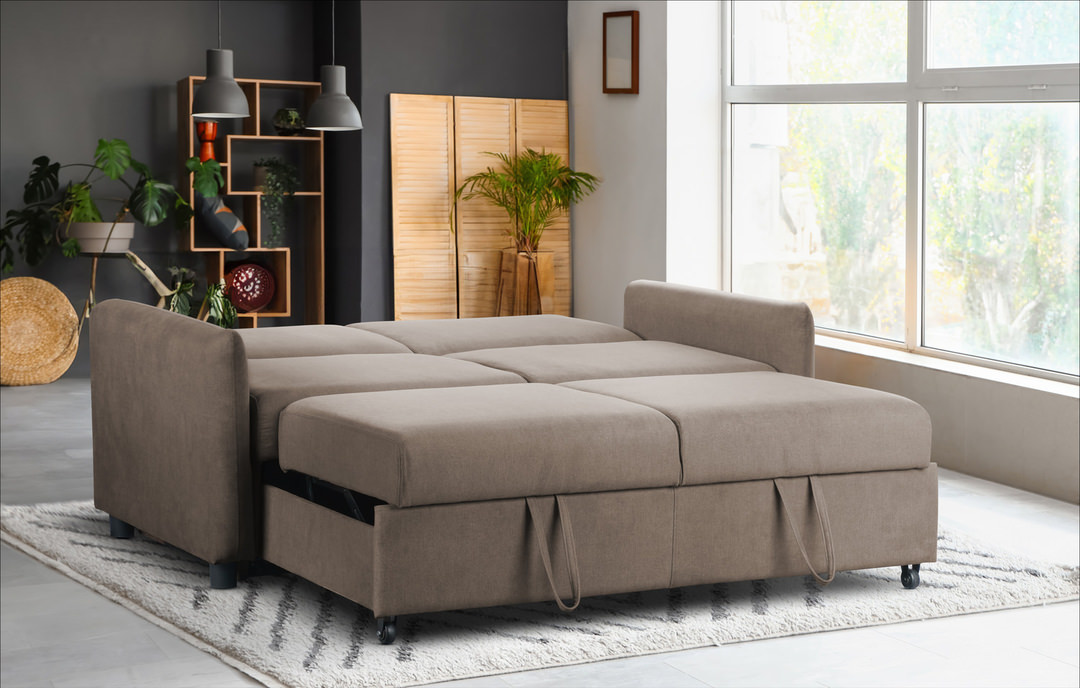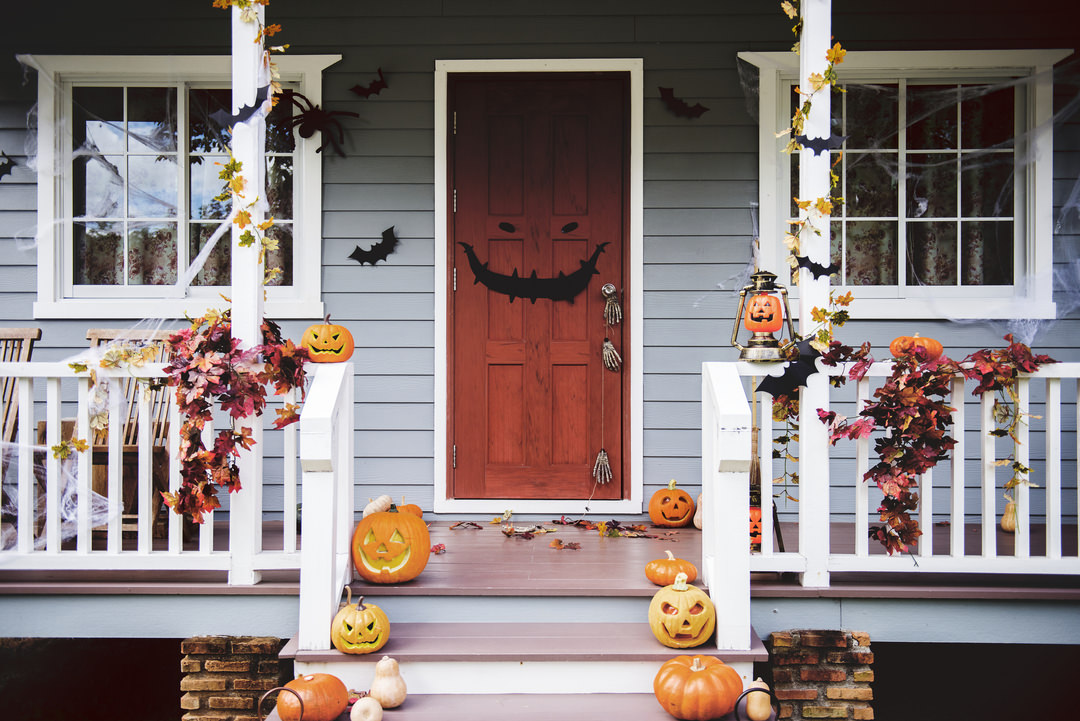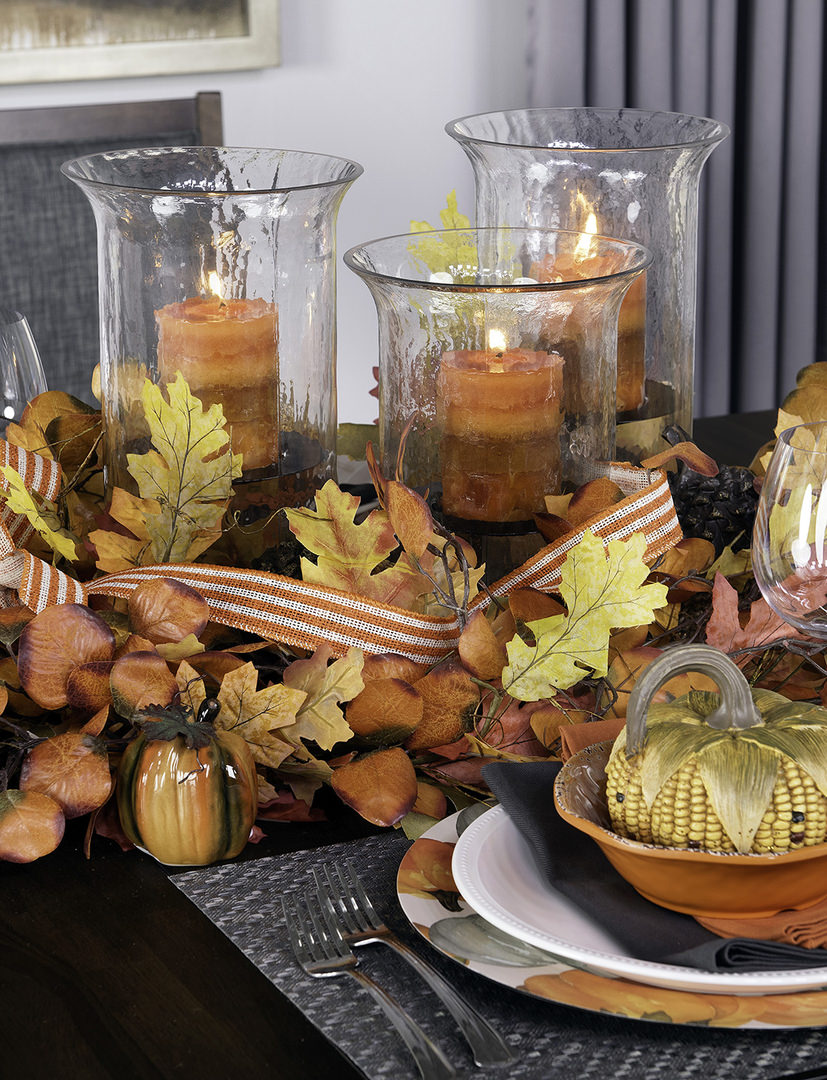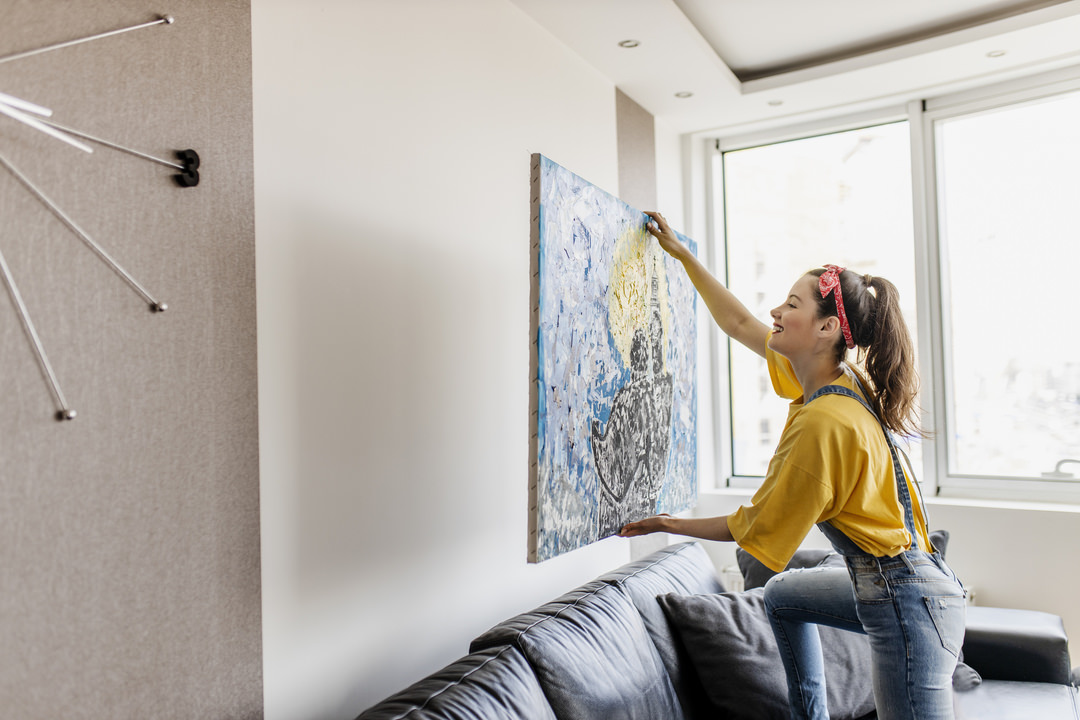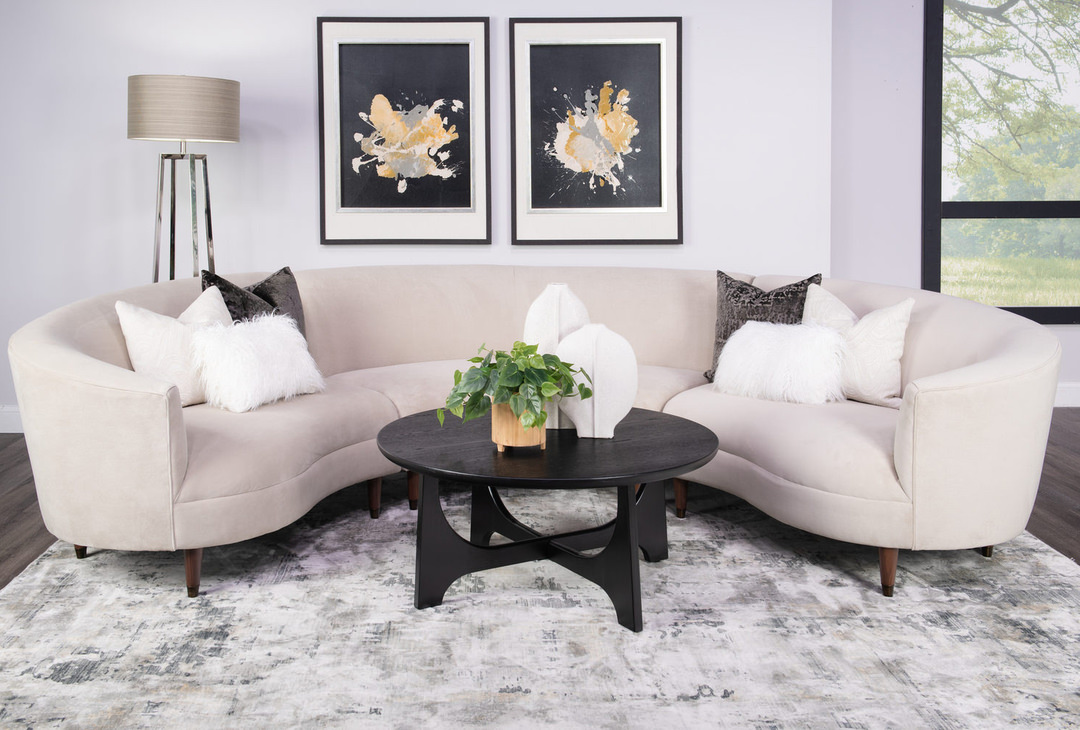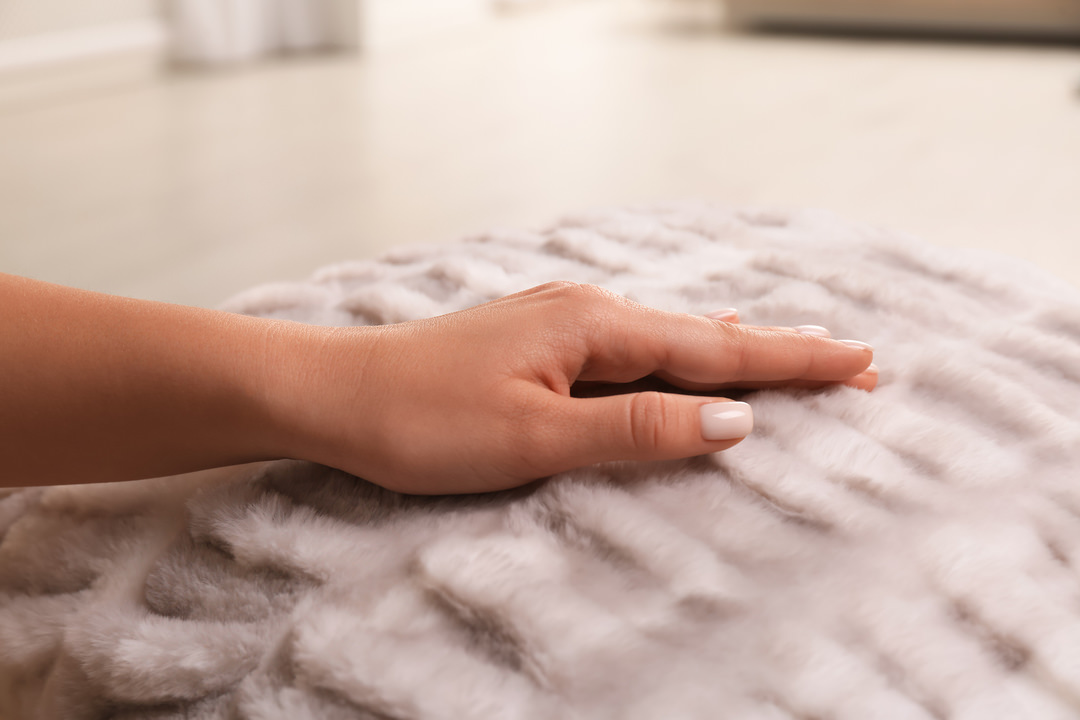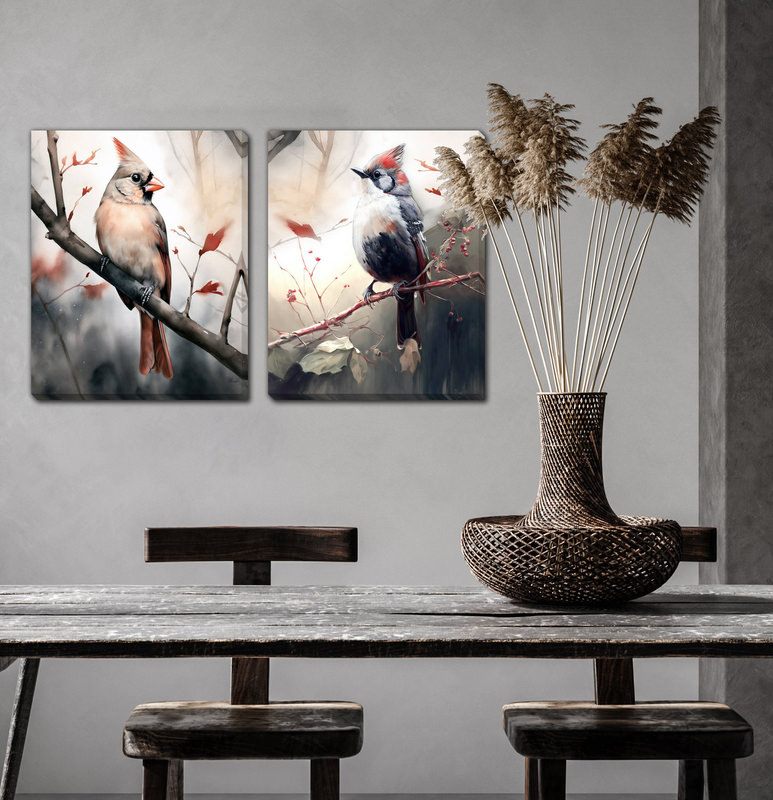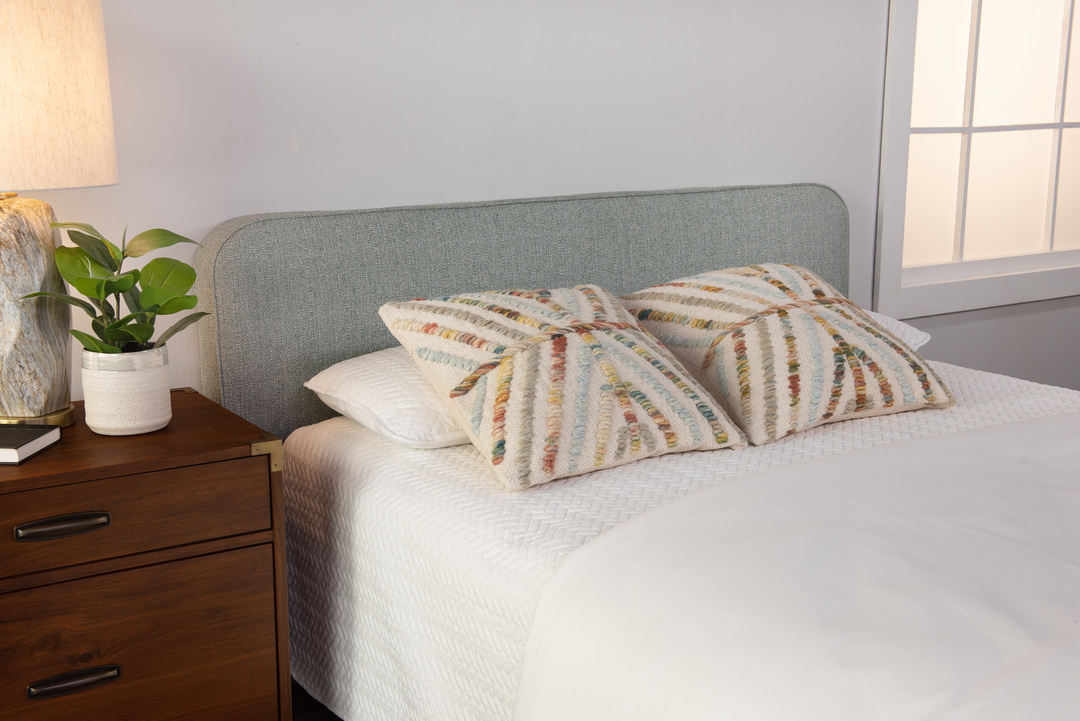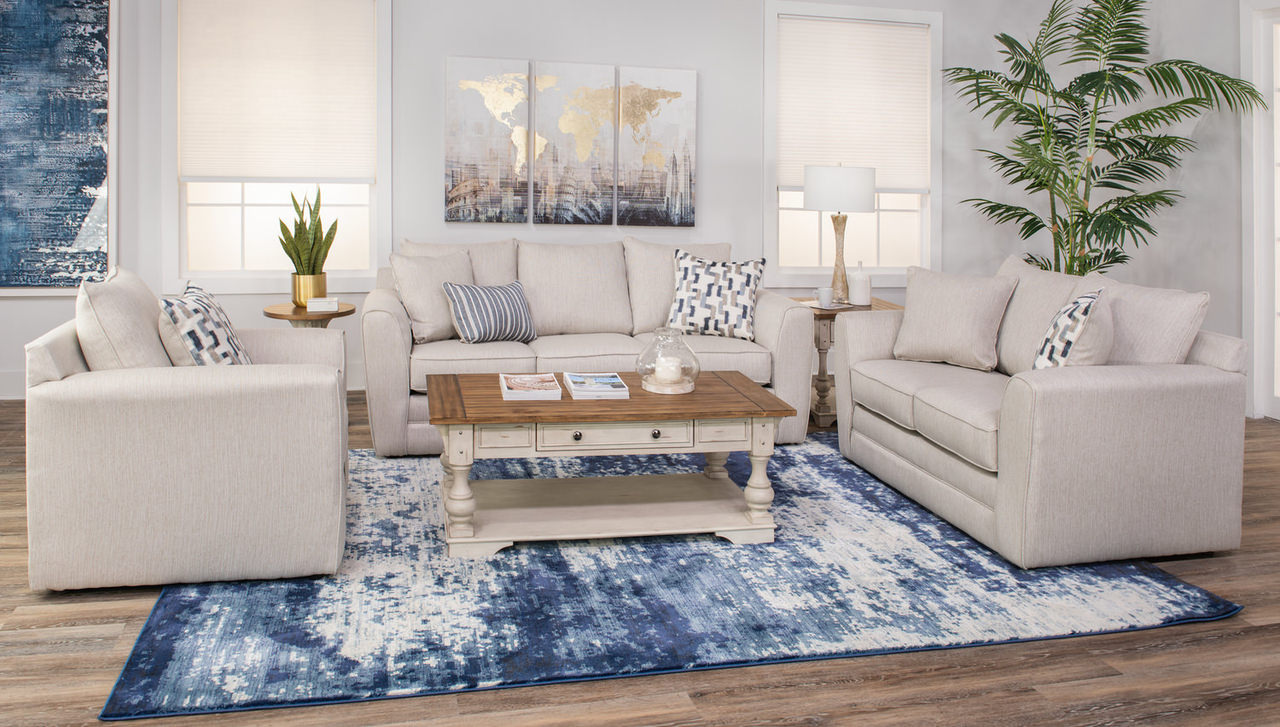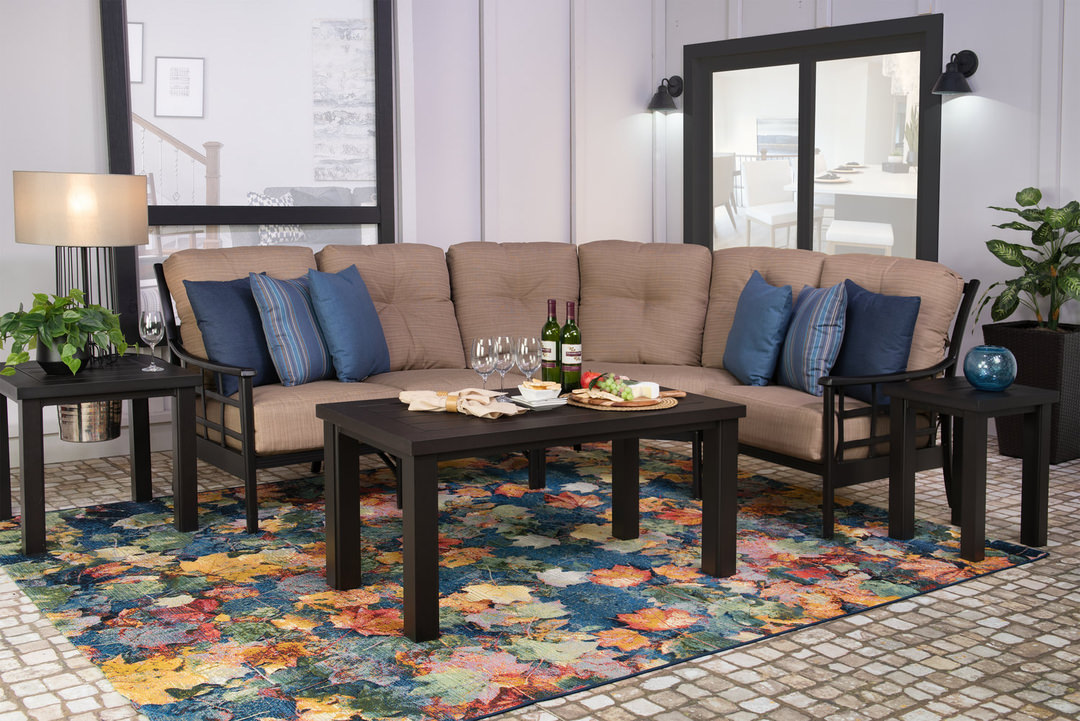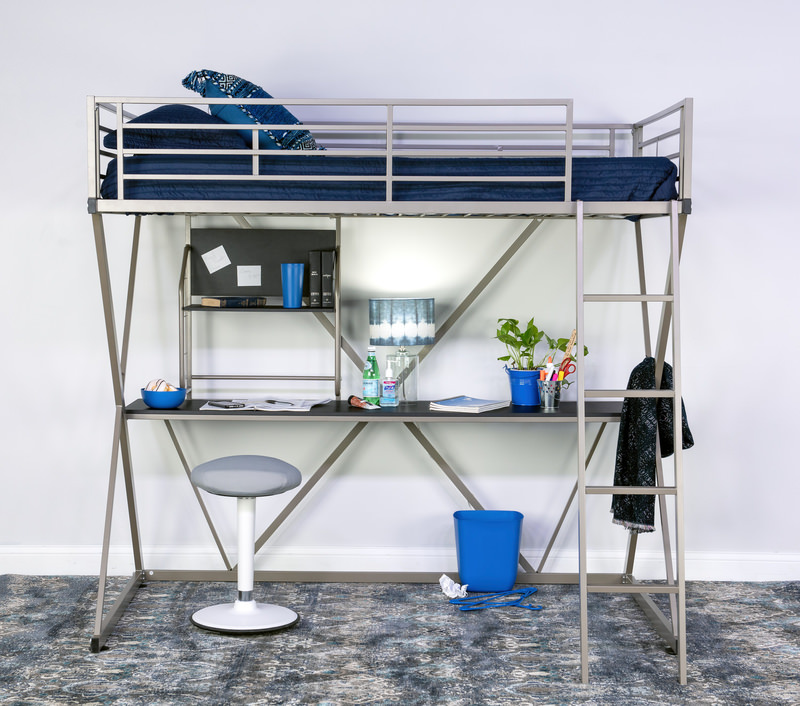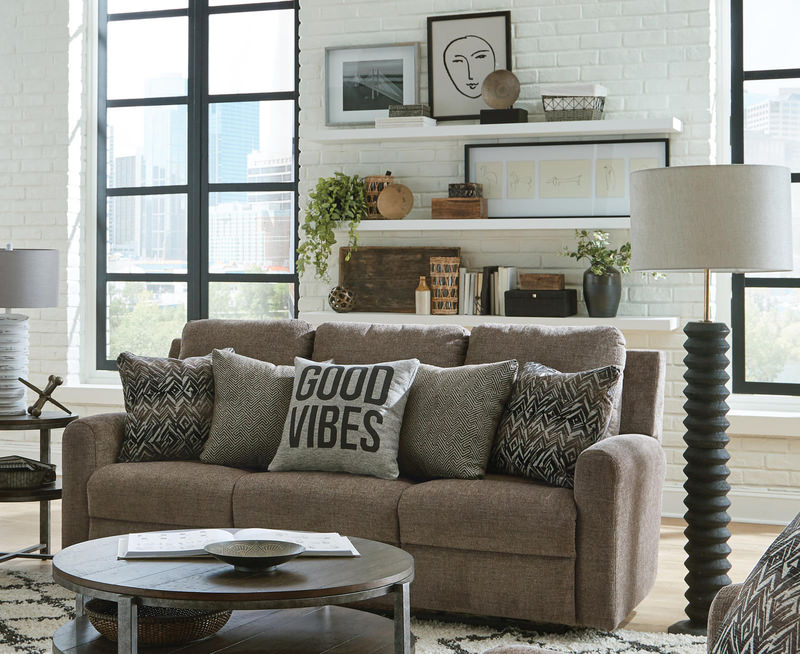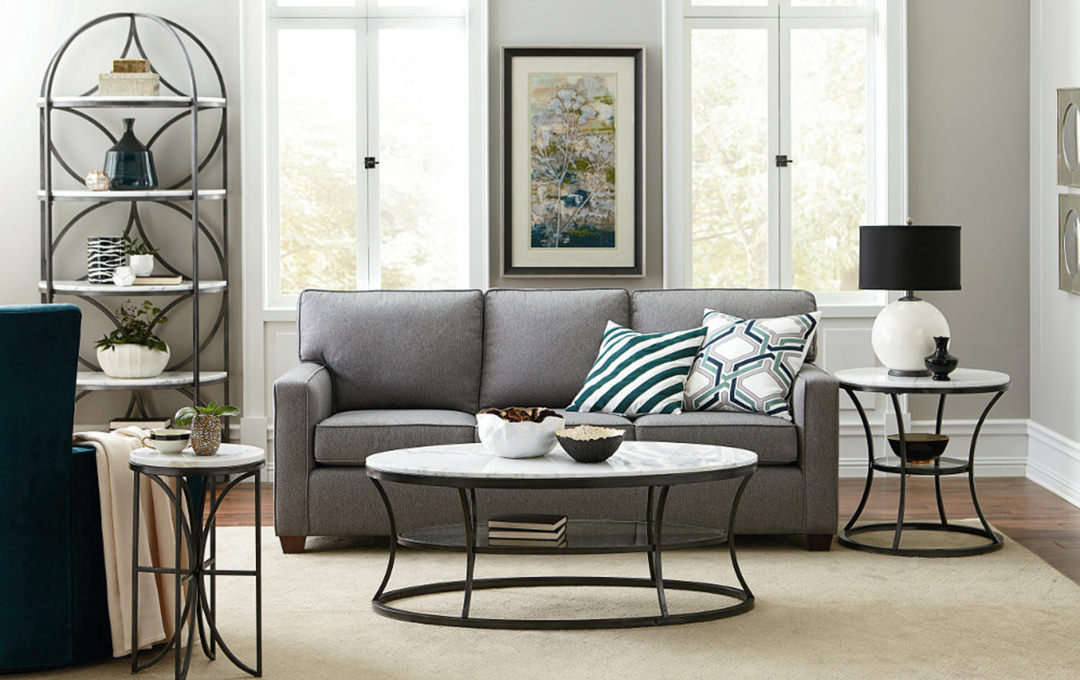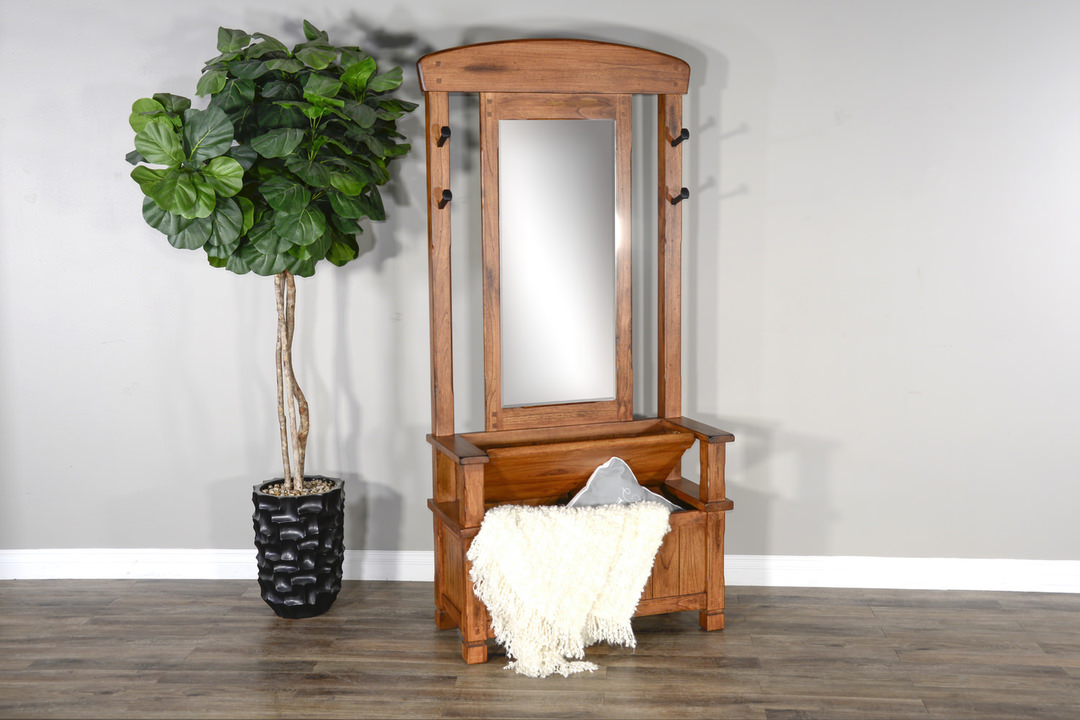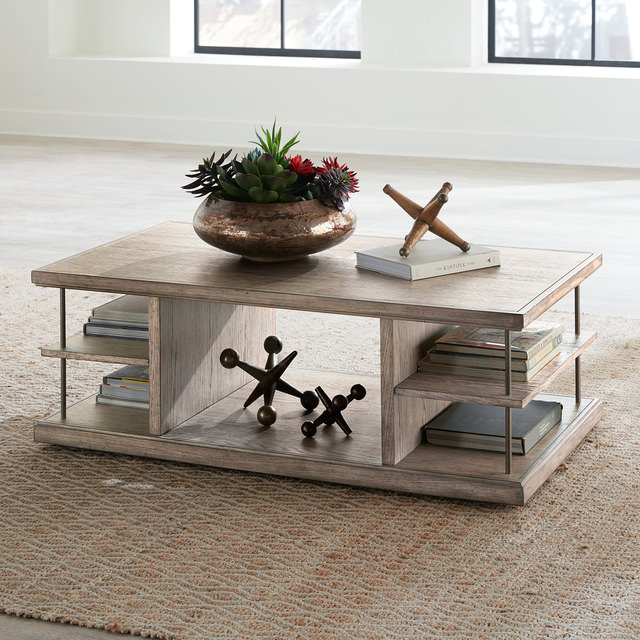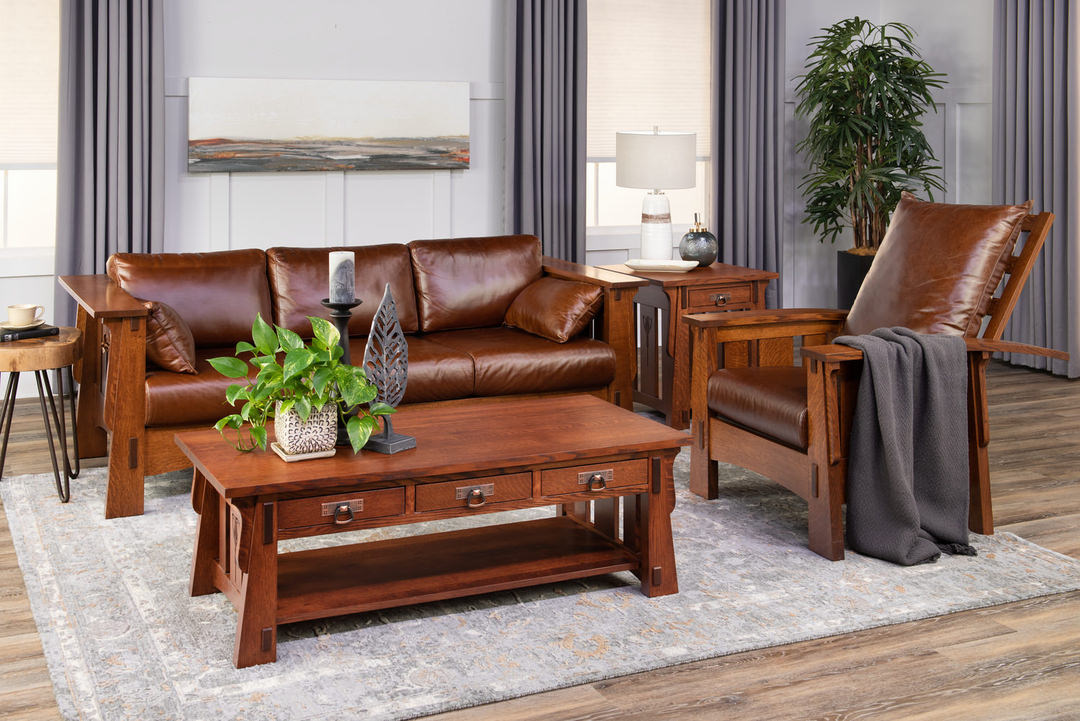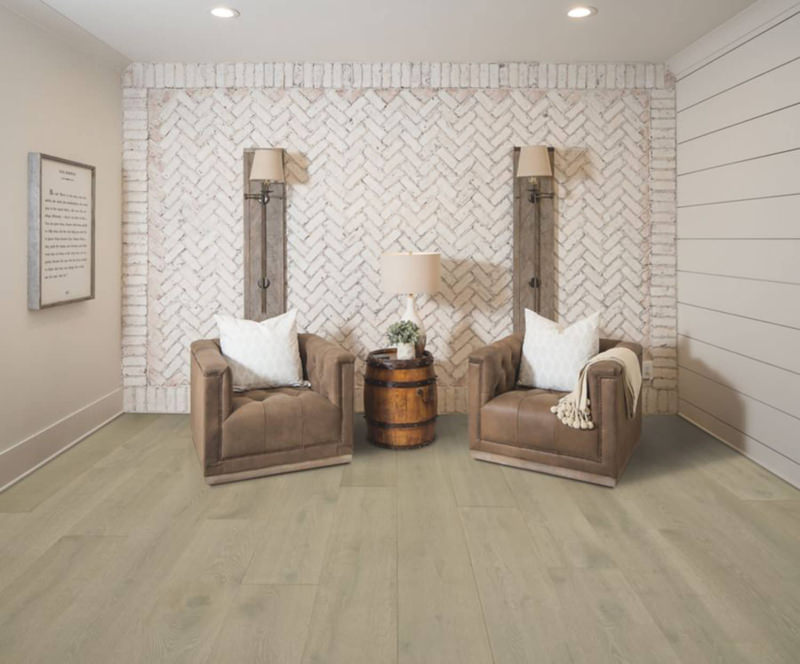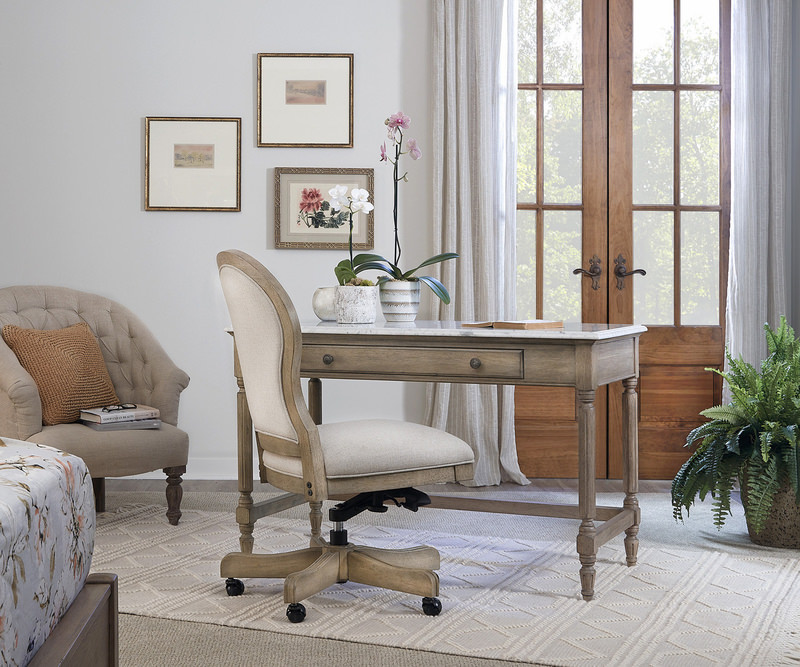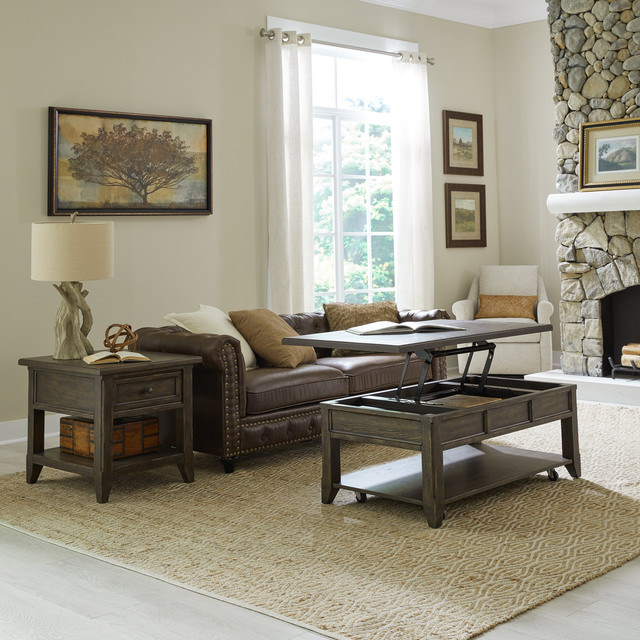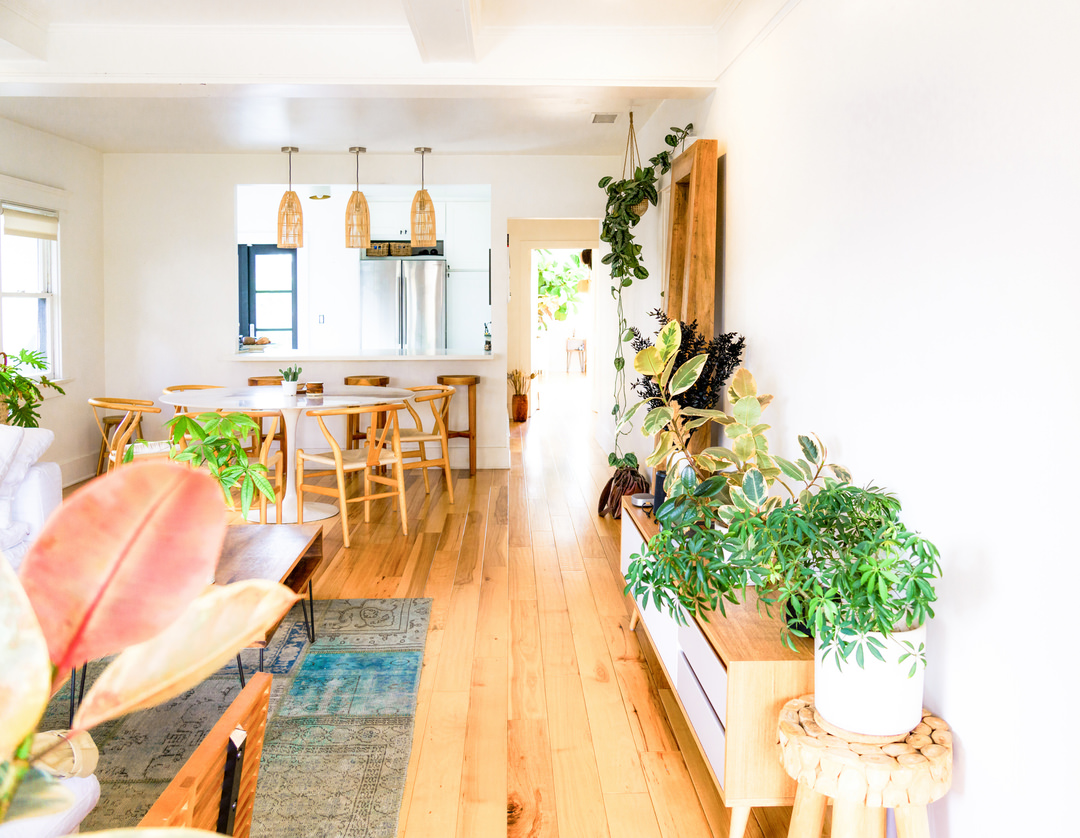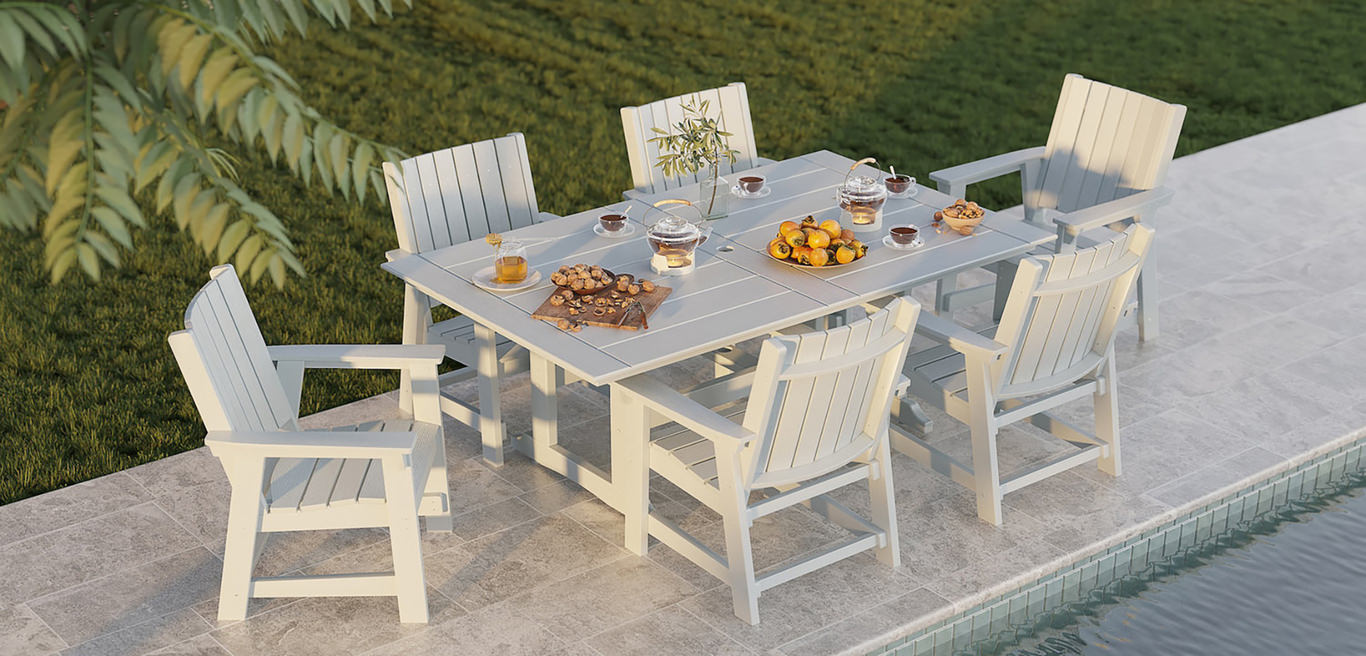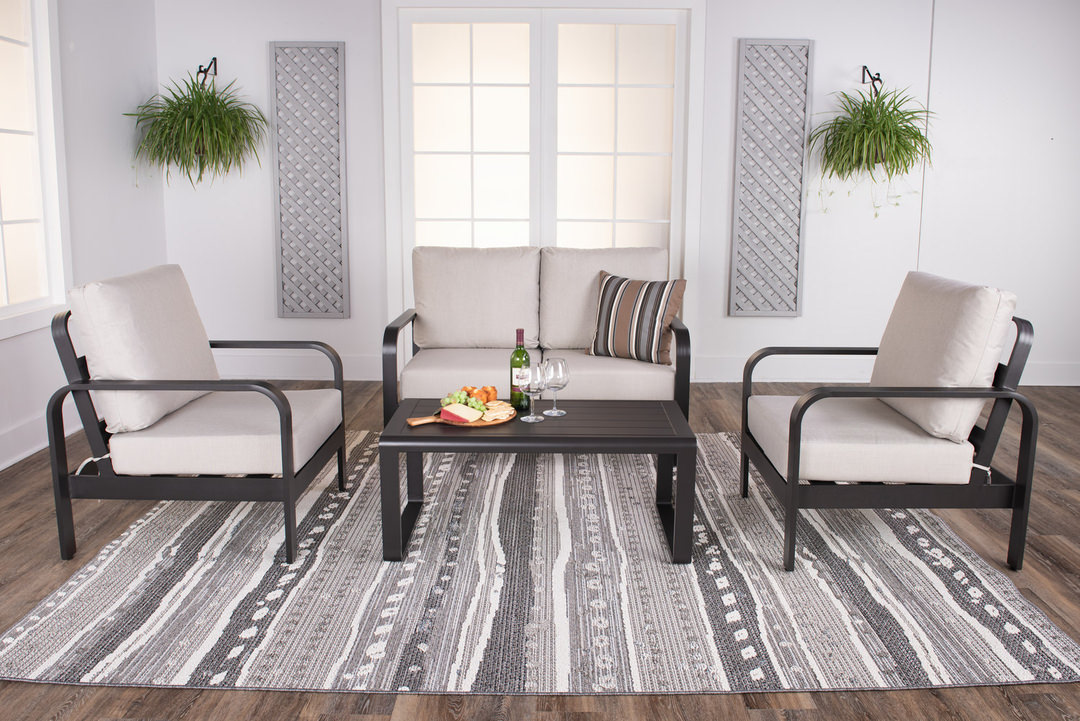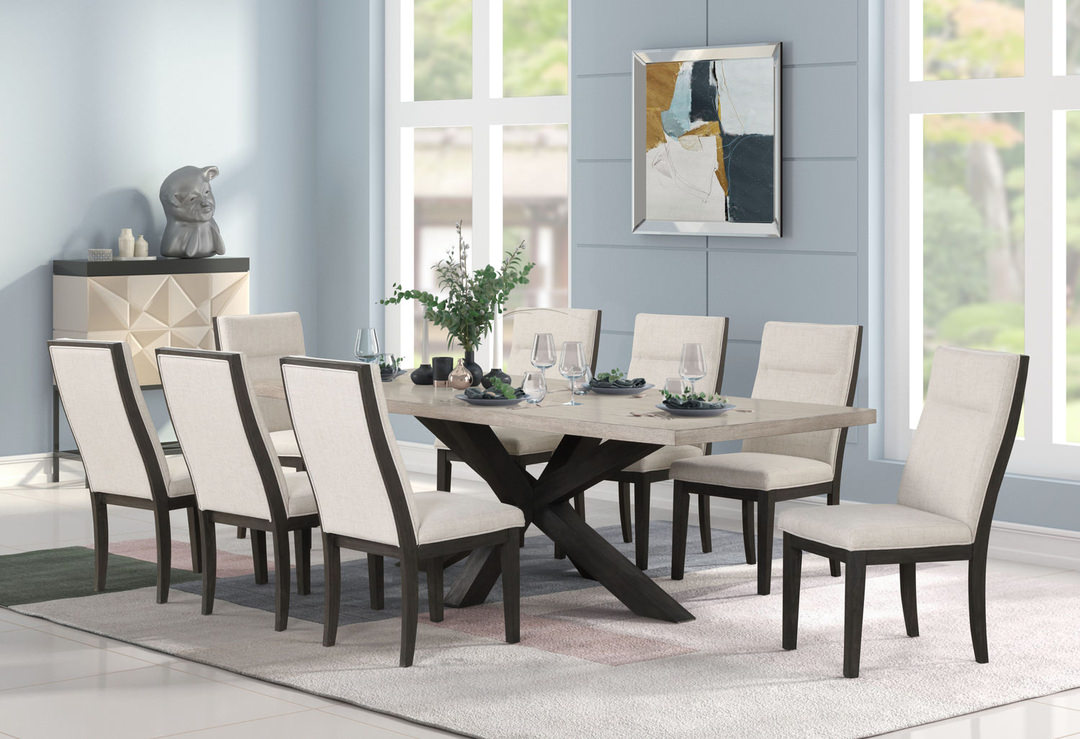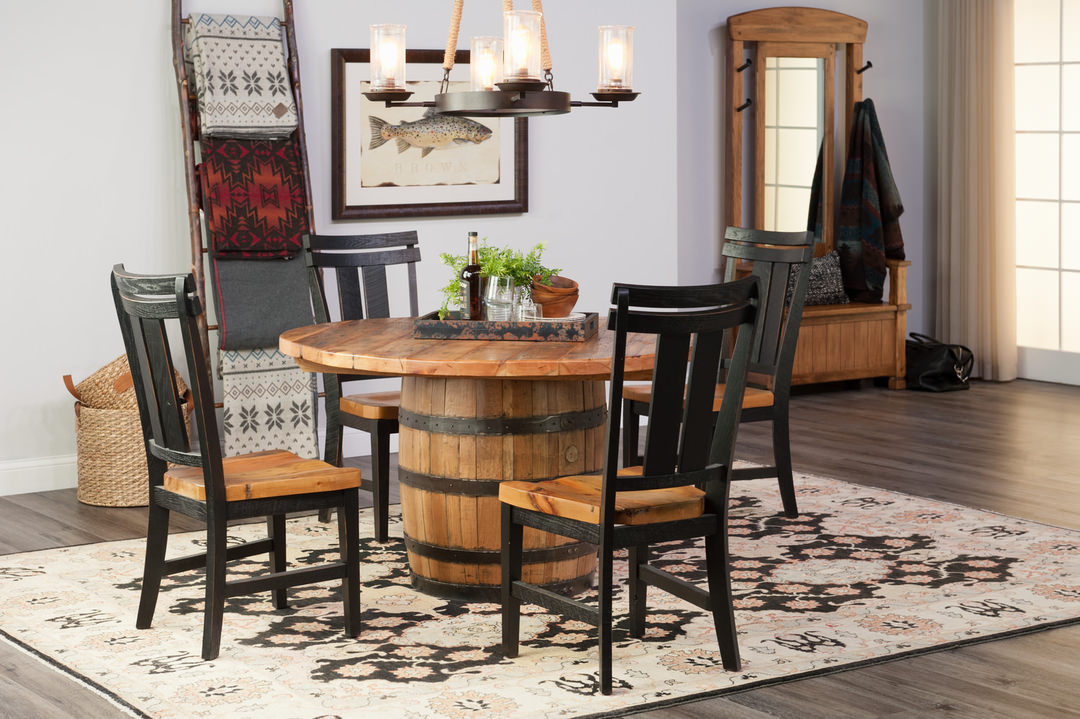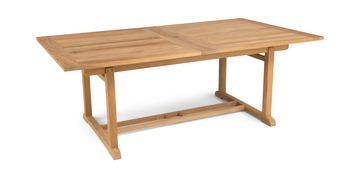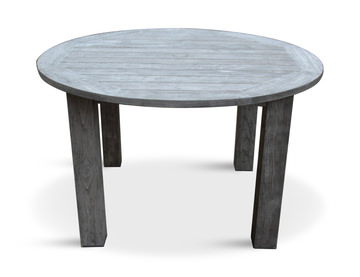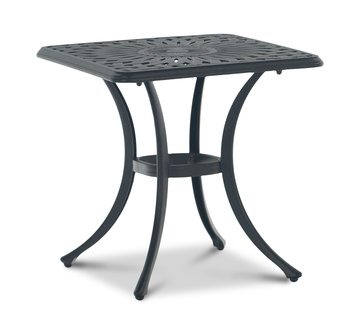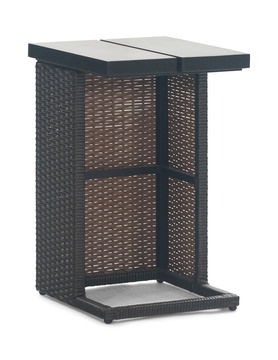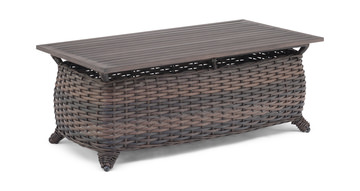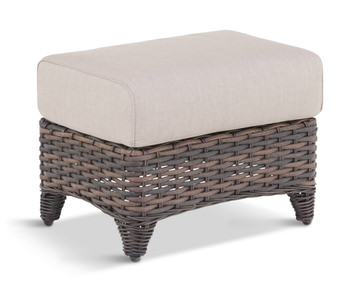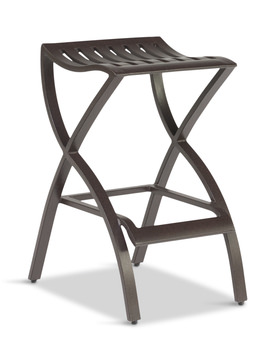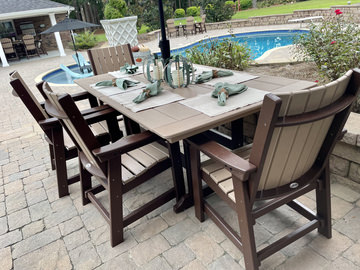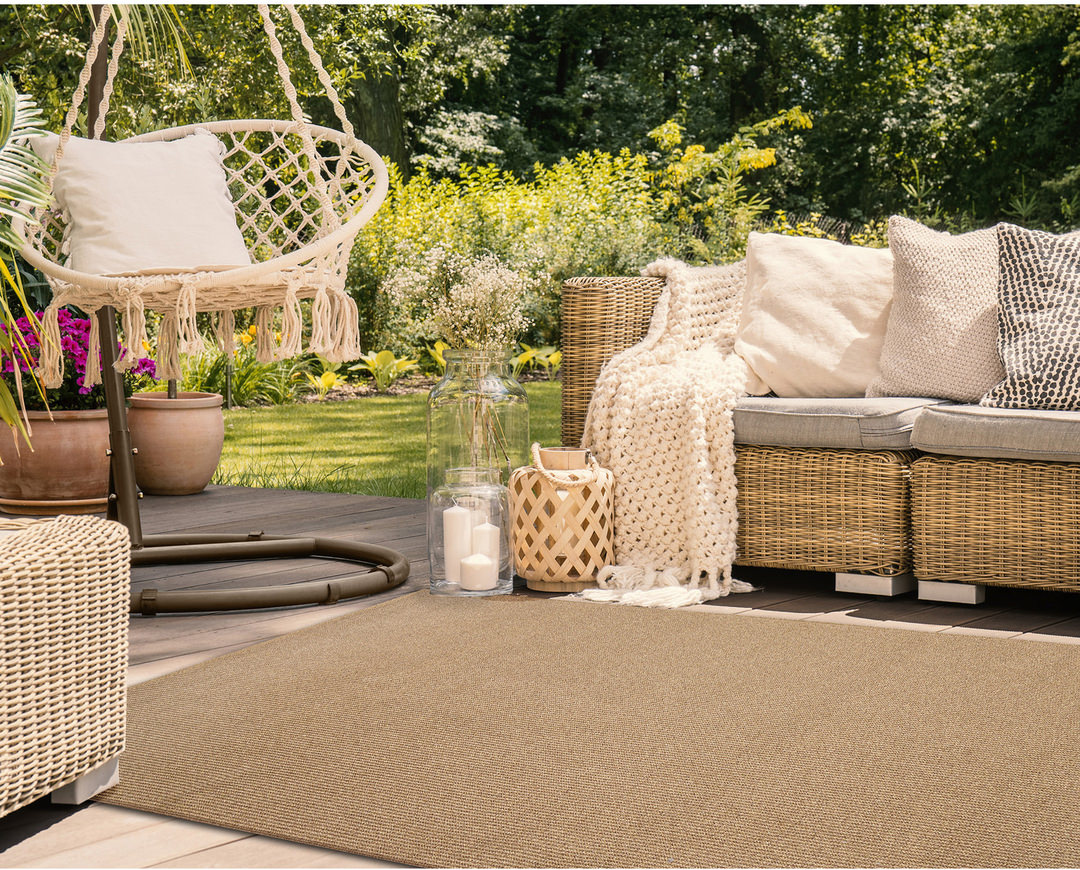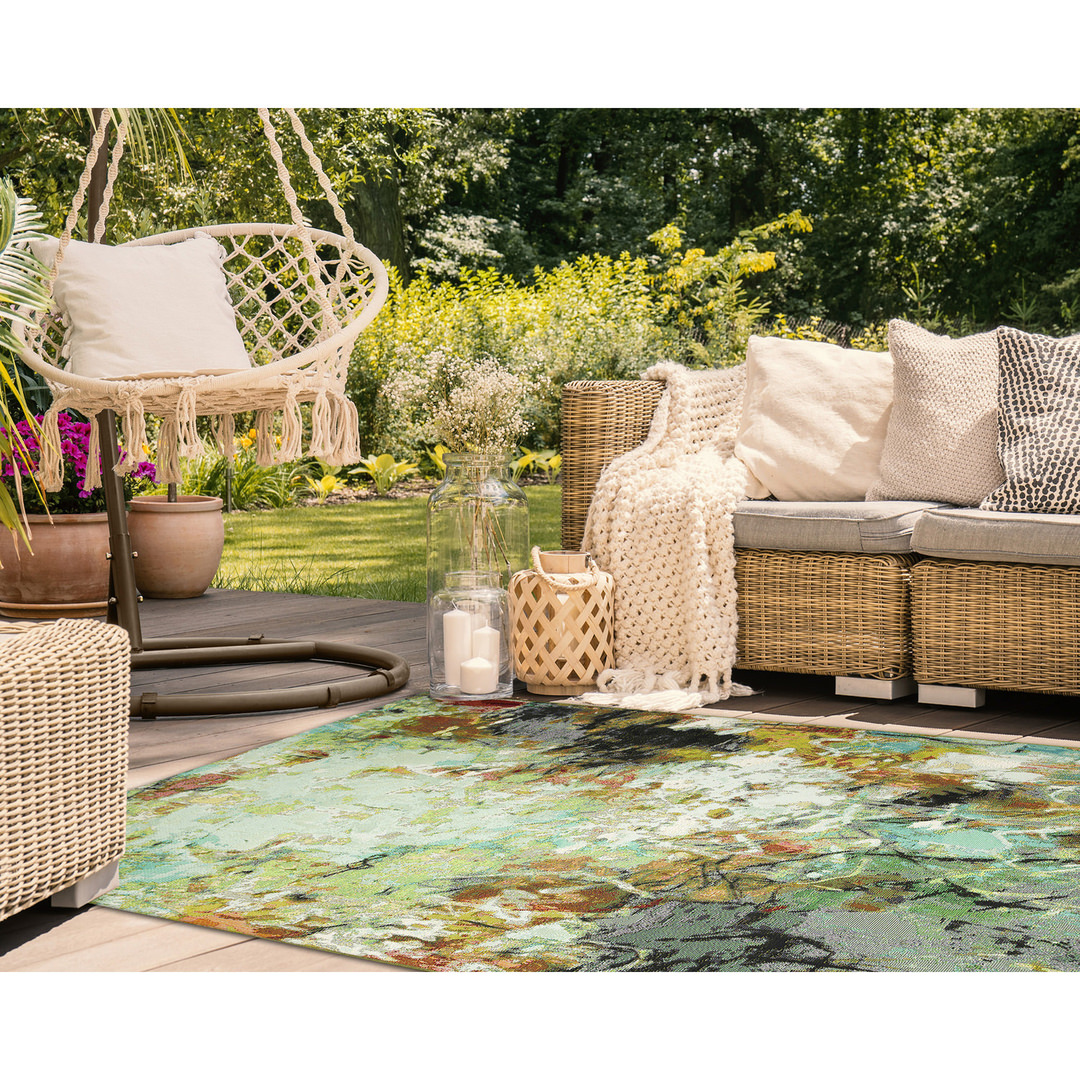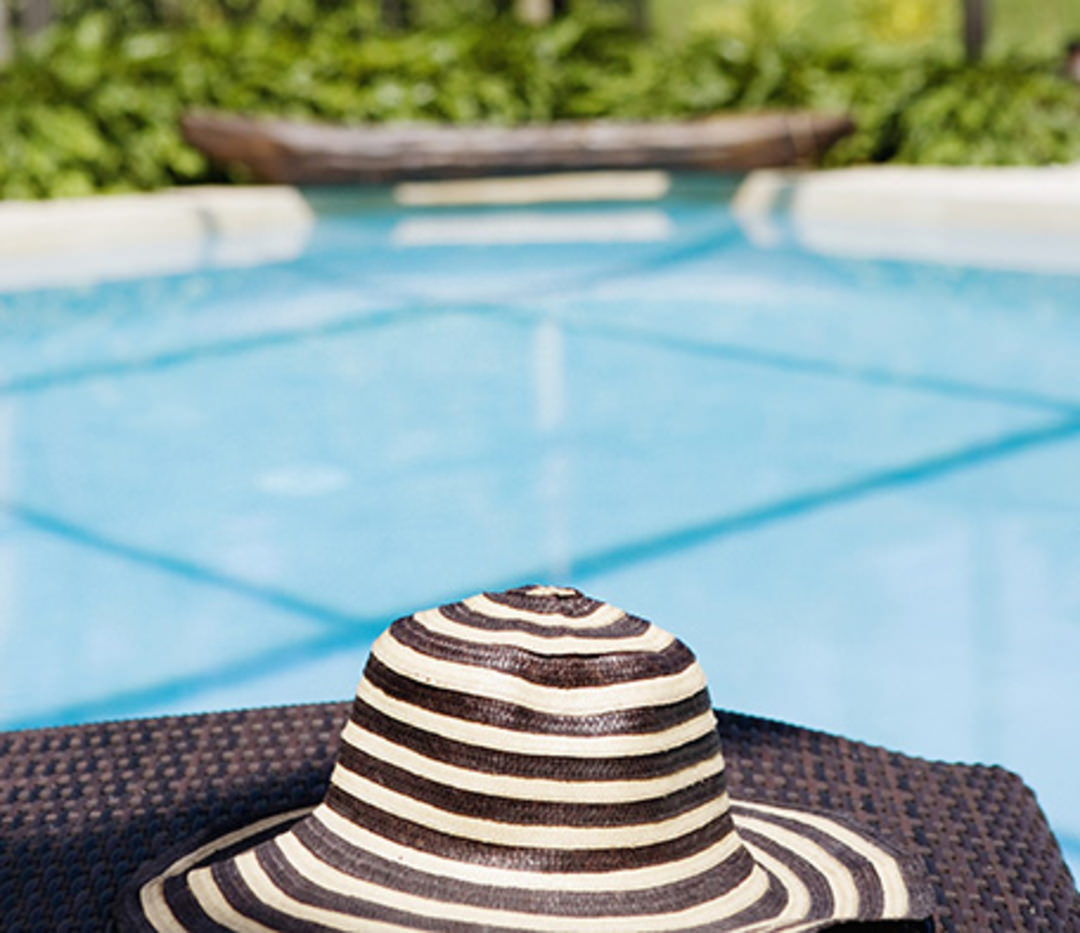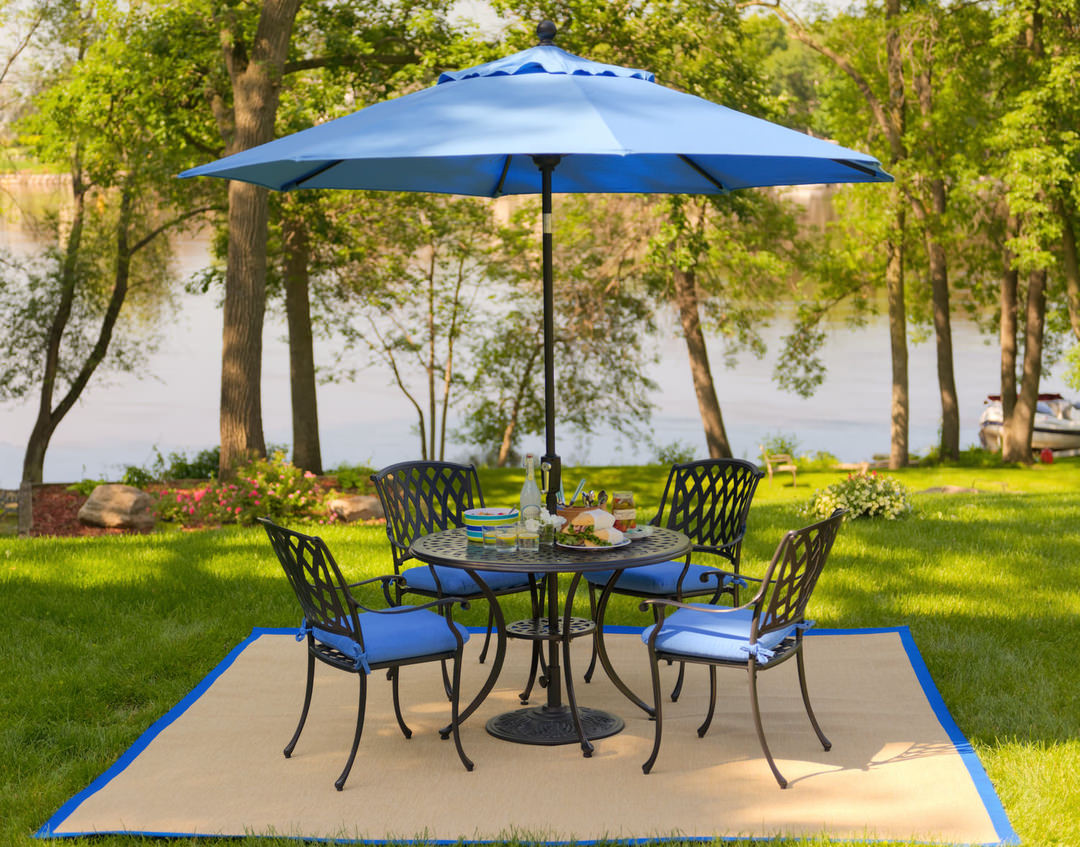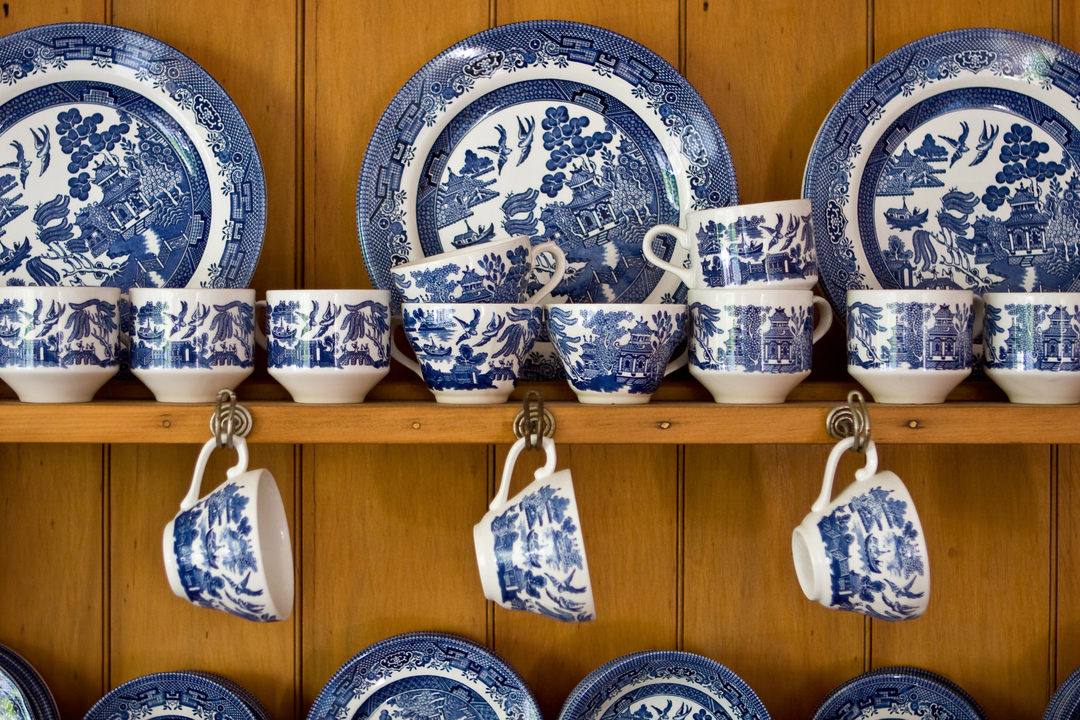Patio Furniture 101 - Materials
Pros and cons of metal, plastic, wood and wicker outdoor furniture.
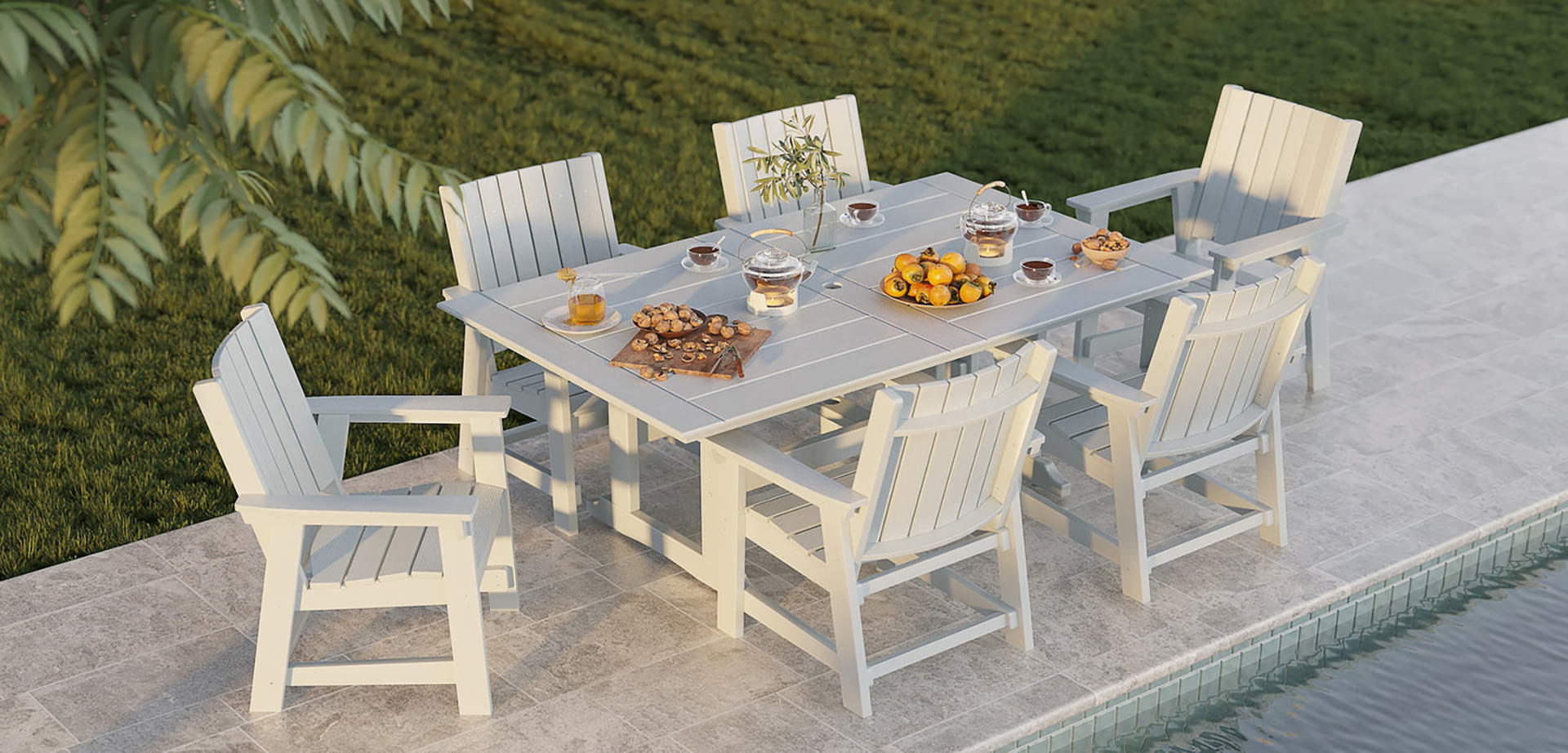
Transforming your outdoor space into a comfortable and stylish retreat requires careful consideration of the materials used in your patio furniture. From the versatile allure of metal to the classic charm of wood, each material comes with its own set of advantages and considerations. In this comprehensive guide, we'll explore the strengths and limitations of four popular patio furniture materials: metal, wicker, wood, and plastic (Polywood) to help you decide what is your ideal material for patio furniture according to your individual tastes and the requirements of your space and budget.
Metal: A Fusion of Style and Durability
Metal continues to be the most popular option for patio furniture and for good reason! There are many advantages that can come from this material. For instance, metal patio furniture stands out for its low maintenance, durability and diverse style options, making it an excellent choice for those who prioritize both form and function. This type of furniture can blend to be a part of almost any aesthetic or decor scheme or even work as stand-alone pieces. While a wide range of price points are available, metal is known to be the most economical option when it comes to outdoor furnishings, making it perfect for those shopping on a budget!
There are also many different types of metals that you may consider when selecting your ideal patio furniture. Wrought iron is hard to beat for sturdiness and a classic look, however, cast aluminum offers some of the same timeless scrolled designs in a lighter material. There’s also lightweight extruded aluminum—aluminum is usually powder-coated for extra protection. Stainless steel is another option that is known for its durability and low-maintenance nature.
Advantages:
- Low Maintenance: Metal patio furniture is easy to maintain, making it an excellent choice for those seeking hassle-free outdoor living.
- Versatility: Crafted into a variety of styles, from a European castle look to streamlined modern, metal suits various aesthetic preferences.
- Strength and Durability: Known for its robustness, metal furniture can withstand the elements and provide lasting outdoor comfort.
- Environmental Friendliness: Most metal patio furniture is recyclable, making it an environmentally conscious choice.
Considerations:
- Temperature Sensitivity: Metal can become hot or cold to the touch based on environmental conditions, requiring you to sometimes proceed with caution during extreme weather.
- Scratch and Nick Maintenance: While durable, metal furniture may need touch-ups if scratched or nicked to maintain its pristine appearance.
Wicker: Crafted Elegance with a Synthetic Twist
Wicker and rattan have been some of the most popular materials for stylish outdoor furniture for decades. In addition to classic designs that may come to mind when you think of wicker furniture, there are some more streamlined, contemporary looks available today. Wicker and rattan are incredibly durable and capable of withstanding the elements, which has made them a hit with homeowners. It’s also relatively lightweight, making it easy to move around your patio and even yard, as needed.
Some of the best wicker patio furniture is made using premium polyresin all-weather wicker built around durable rust-proof aluminum frames, so the furniture is easy to care for and will last for years ahead. There are a lot of metal and wood frames that also use rope, which gives the weaver more variety in how they can design the furniture. Usually, wicker is a material that will hold up in the sun for many years, but at some point, it will break down because it's a synthetic material. In short, wicker offers an aesthetic appeal that many are drawn to, but its lifespan and maintenance requirements should be considered for long-term satisfaction.
Advantages:
- Aesthetic Appeal: Wicker, especially when handwoven, adds a naturally crafted element to outdoor spaces.
- Lightweight and Movable: Wicker is generally lighter than other materials, facilitating easy movement and rearrangement.
- Sun Resilience: Synthetic wicker can endure sun exposure for many years without significant damage.
Considerations:
- Catching Hazards: Wicker has a higher propensity to catch debris, requiring more maintenance to keep it clean.
- Limited Lifespan: Despite its aesthetic appeal, synthetic wicker may not have the same longevity as metal or wood frames.
Wood: A Timeless Classic
Wood is another popular choice for patio furniture, with a wide range of styles available. While demanding more care, wood patio furniture provides unique aesthetics and a true feel of nature, making it an enduring choice for outdoor enthusiasts. There are beautiful options for natural wood materials, including teak which has a golden color that can be maintained or allowed to go gray according to preference. Acacia and eucalyptus are other trending options, as is a special bamboo that is laminated in layers to increase durability and resist moisture.
Advantages:
- Timeless Aesthetics: Wood exudes a timeless and organic appeal that complements various outdoor settings.
- Visual Variation: Wood's natural grain patterns provide a visually appealing and unique touch to each piece.
- Restoration Potential: Wood furniture can be sanded and cleaned to restore its original colors or stained for a new look, extending its lifespan.
Considerations:
- Maintenance Demands: Wood, especially in regions with temperature and moisture changes, requires regular maintenance to prevent wear and tear.
- Inconsistent Aging: Wood may age inconsistently, developing variations in color and appearance over time.
Polywood: A Synthetic Twist on Natural Wood
Polywood is lumber that is made from recycled plastic. Manufacturers continue to make this material look more like natural wood from trees, with realistic graining and a wood-tone finish rather than a patina or painted look finish. Polywood strikes a balance between the classic appeal of wood and modern convenience, making it an ideal choice for those seeking a low-maintenance yet stylish outdoor solution.
There are many advantages of Polywood outdoor furniture. It has a longer life than most wooden pieces, but when it wears out, it is harder to replace the color in the component parts. This type of furniture is oftentimes heavy, making it perfect for windy areas, but challenging to maneuver. It is also another great option for the environment, as it can be recycled.
Advantages:
- Wood-Like Appearance: Polywood mimics the appearance of natural wood, offering a classic look without as many maintenance hassles.
- Moldable Designs: This material can be shaped and molded into various designs, providing flexibility in creating appealing outdoor furniture.
- Low Maintenance: Easy to clean and resistant to temperature fluctuations, Polywood is a practical choice for outdoor spaces.
Considerations:
Porous Nature: Polywood's porous surface can make it harder to clean, and it may exhibit a plasticky appearance to some.
Limited Aesthetics: While versatile, Polywood may lack the natural warmth and variation seen in authentic wood and its designs can sometimes be perceived as boxy.
Making the Right Choice: Factors Beyond Material
In addition to material considerations, factors such as budget, aesthetics and space constraints play pivotal roles in selecting the best patio furniture material for your home. Metal, being the most economical, offers practicality; while Polywood and wood may be preferred by some for their sustainable properties as well as the different looks and properties they provide.
Your outdoor space deserves the best, and understanding the pros and cons of different patio furniture materials is the first step towards creating an inviting and enduring oasis. Whether you prioritize the sleekness of metal, the crafted elegance of wicker, the timeless charm of wood, or the low-maintenance convenience of Polywood, each material has its own unique appeal.
Related Products
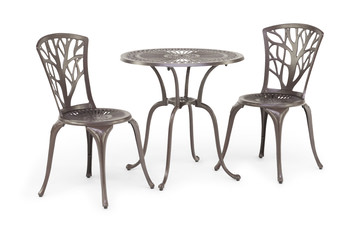
showroom only
Woodland Garden 3 Piece Bistro Set
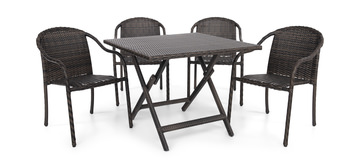
in stock
